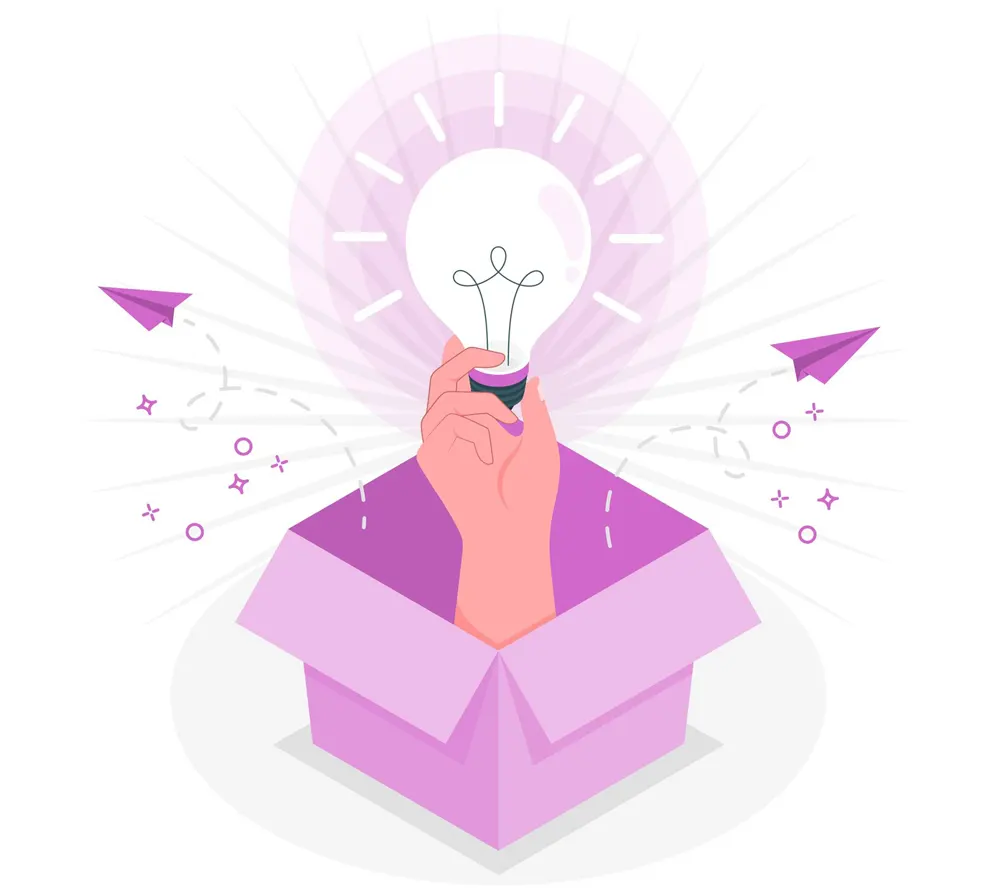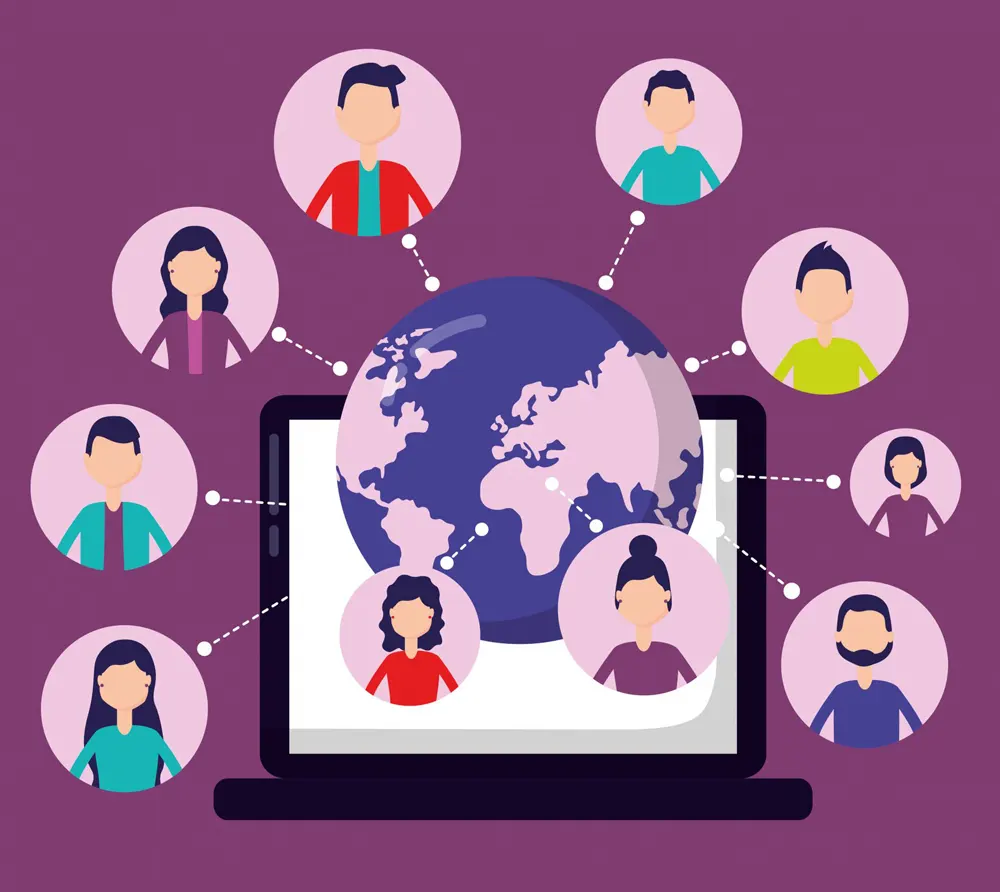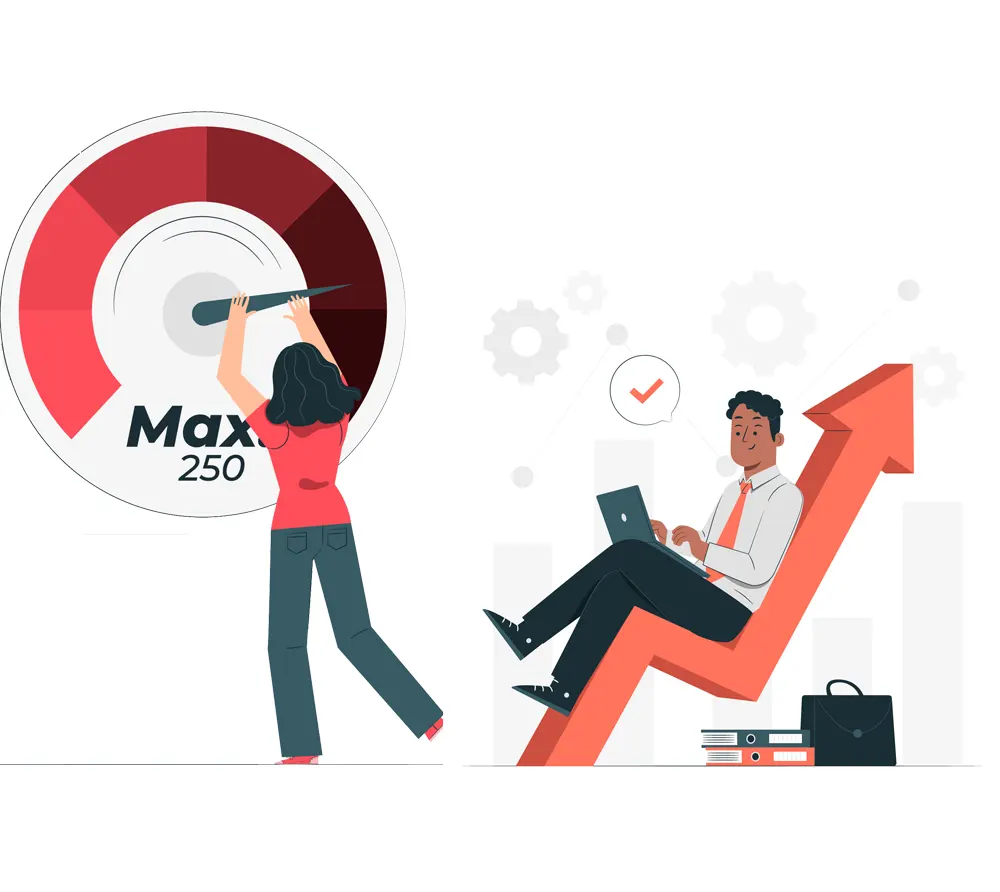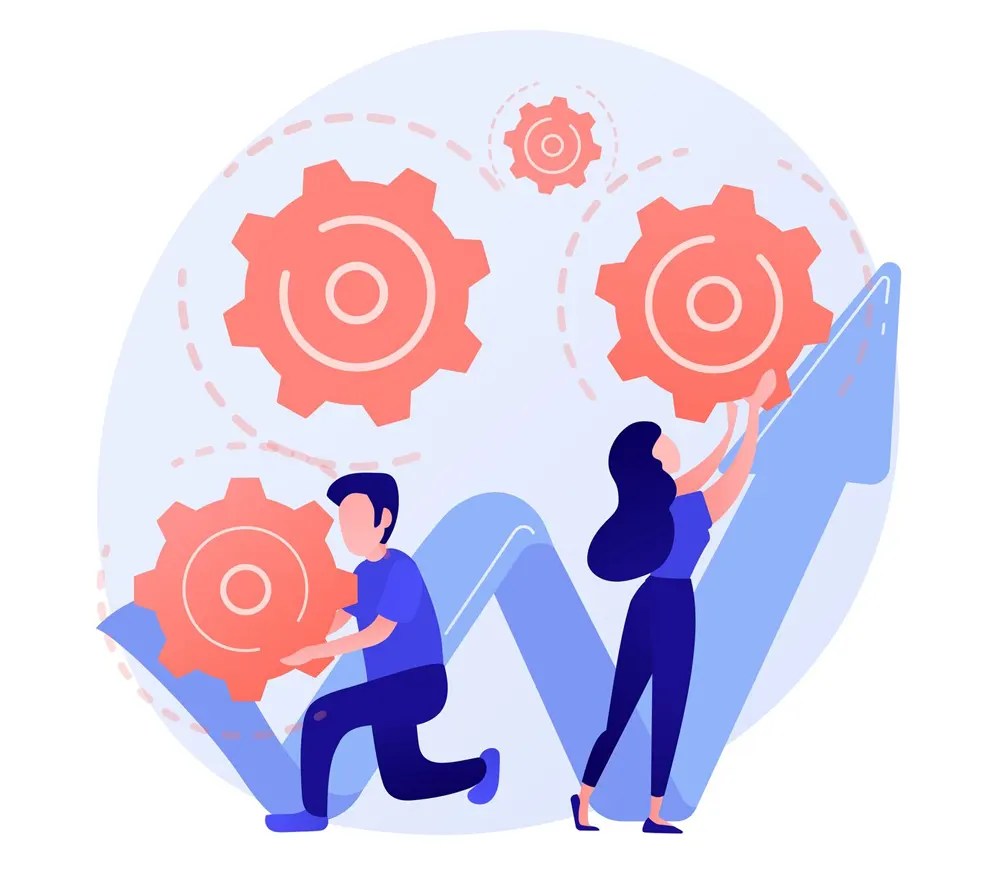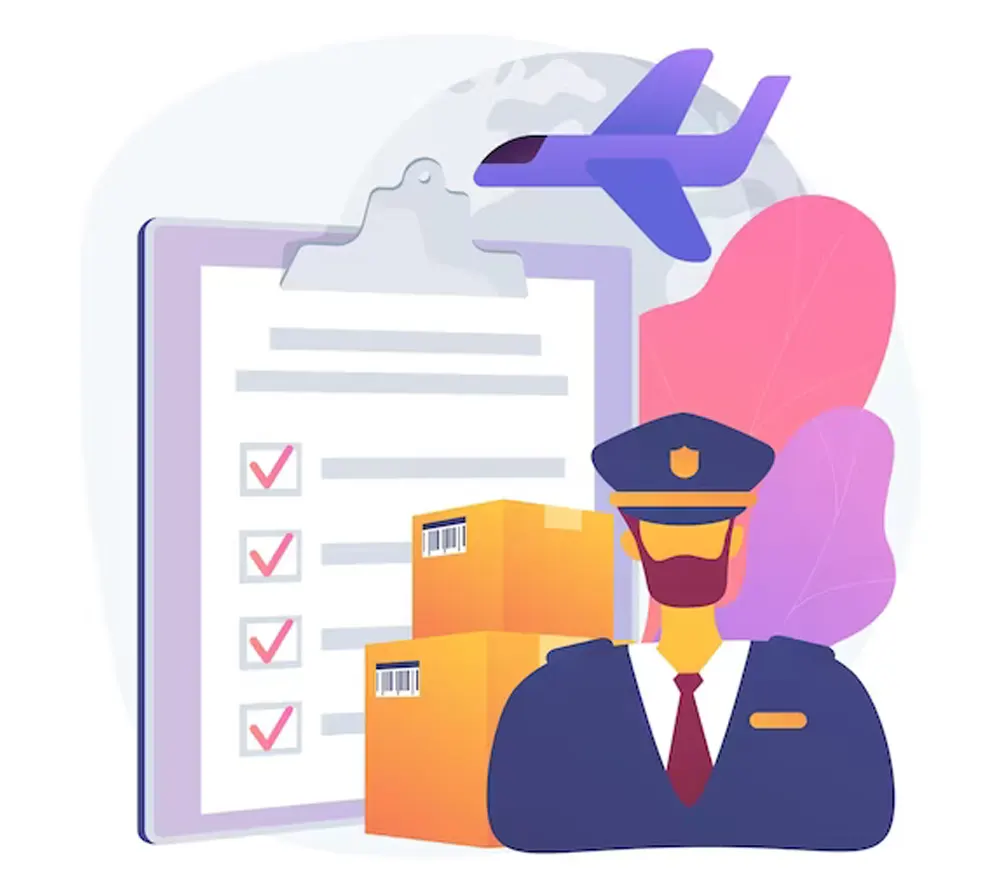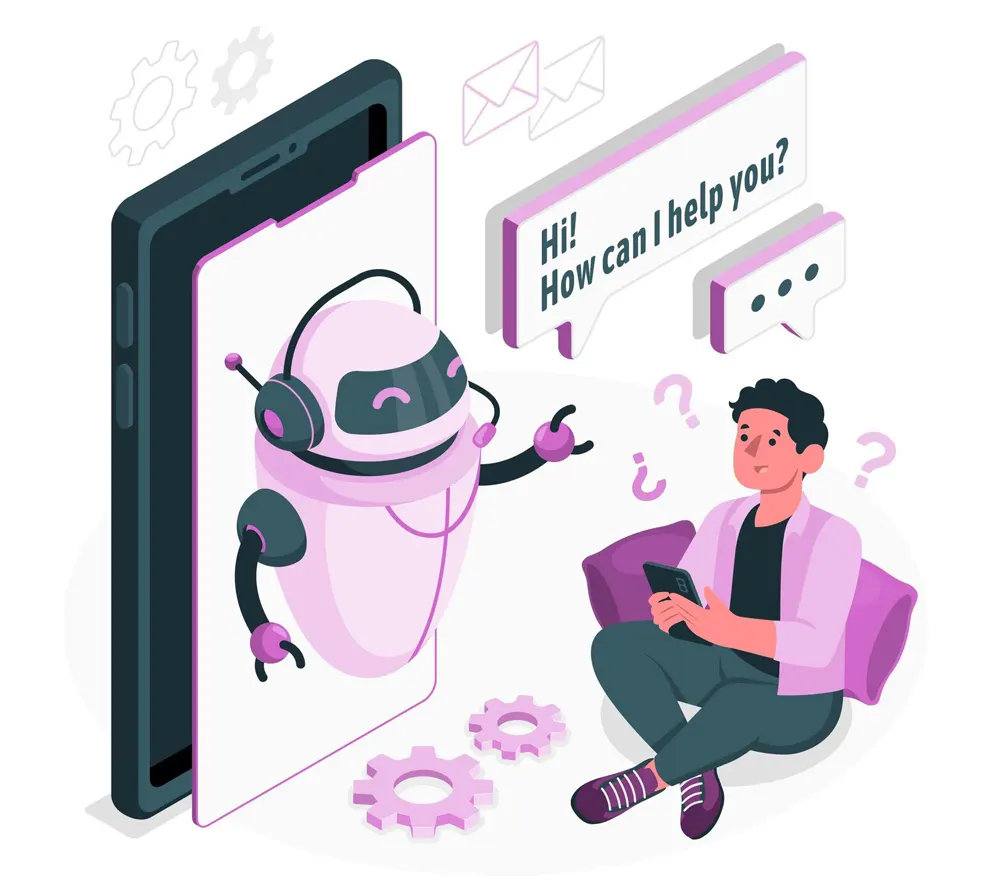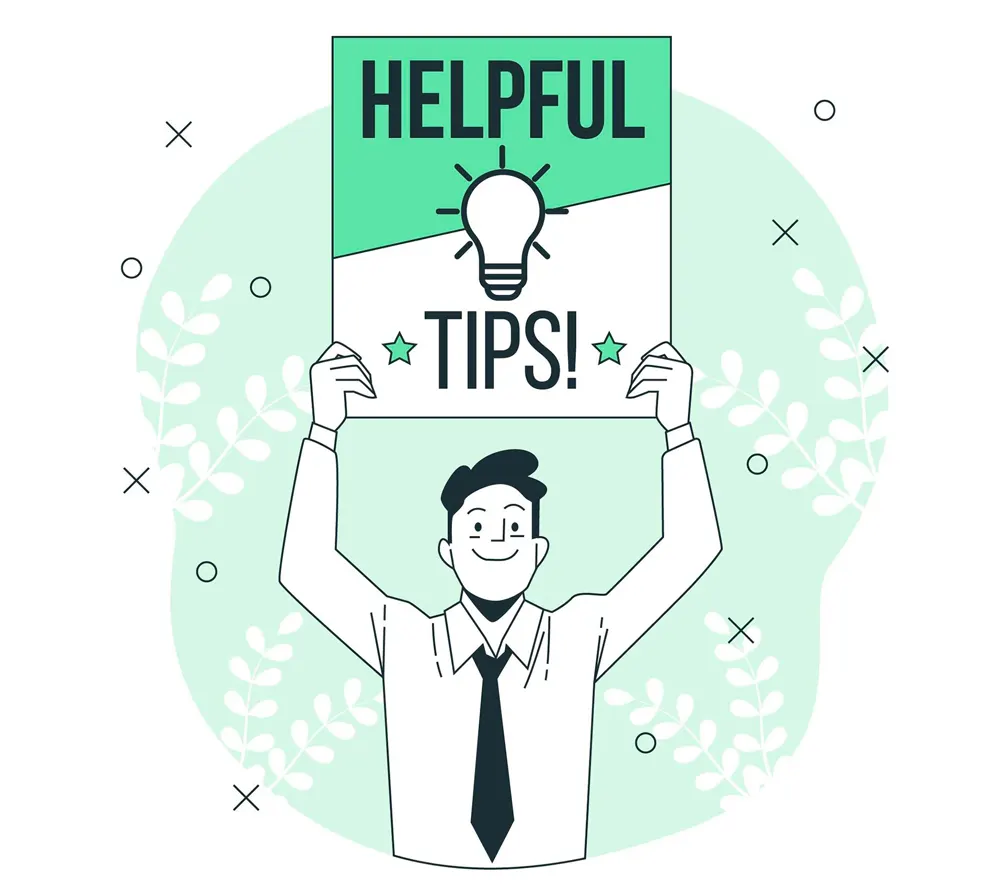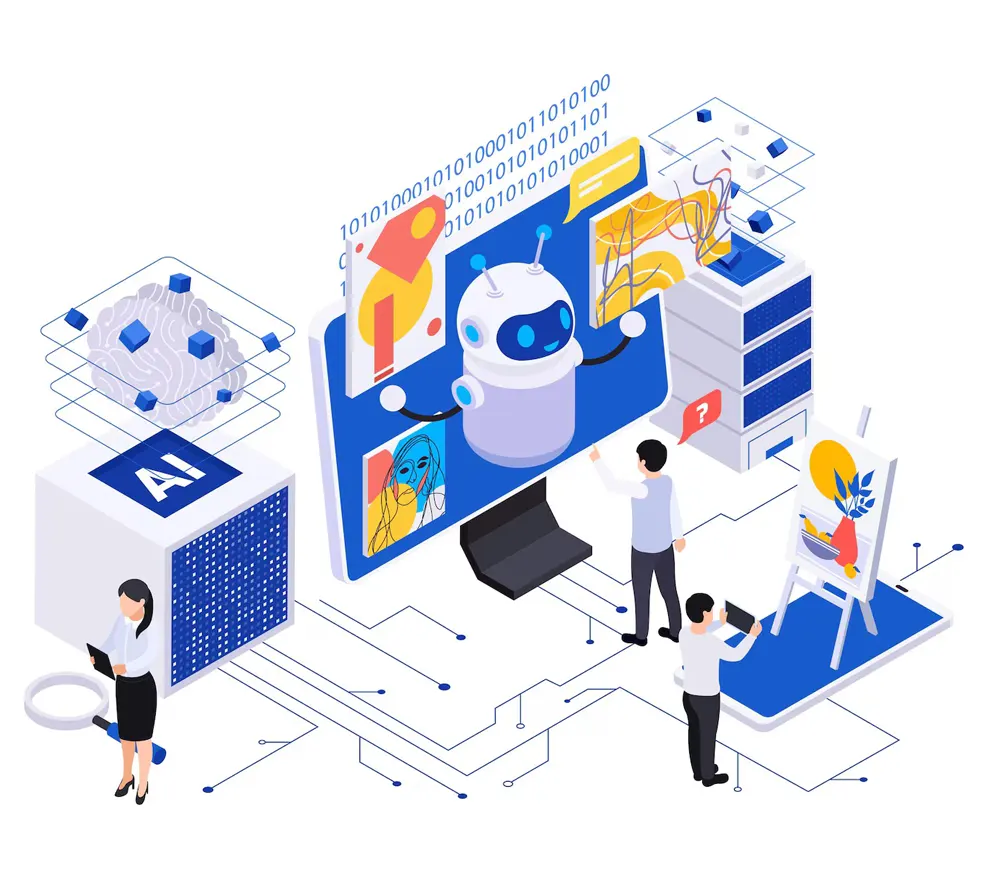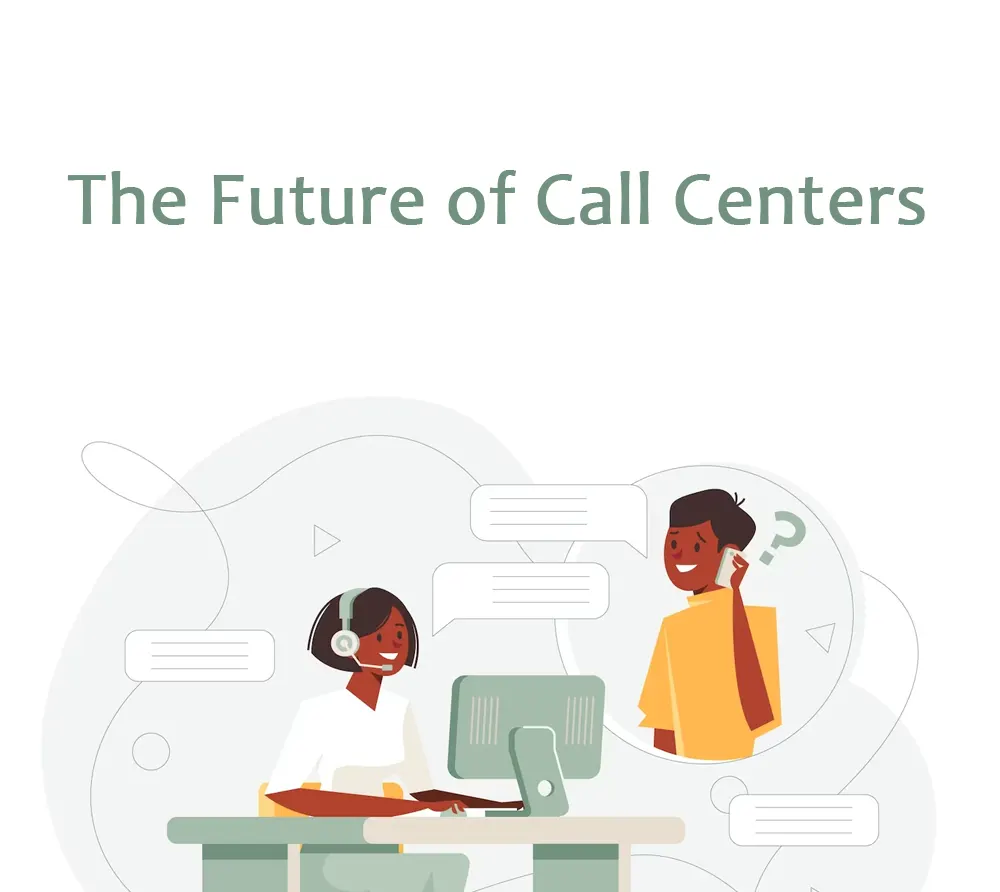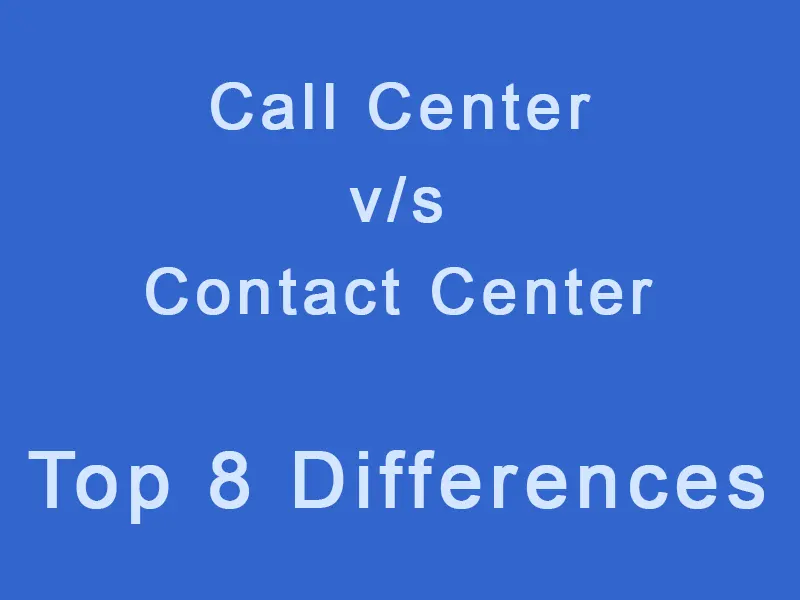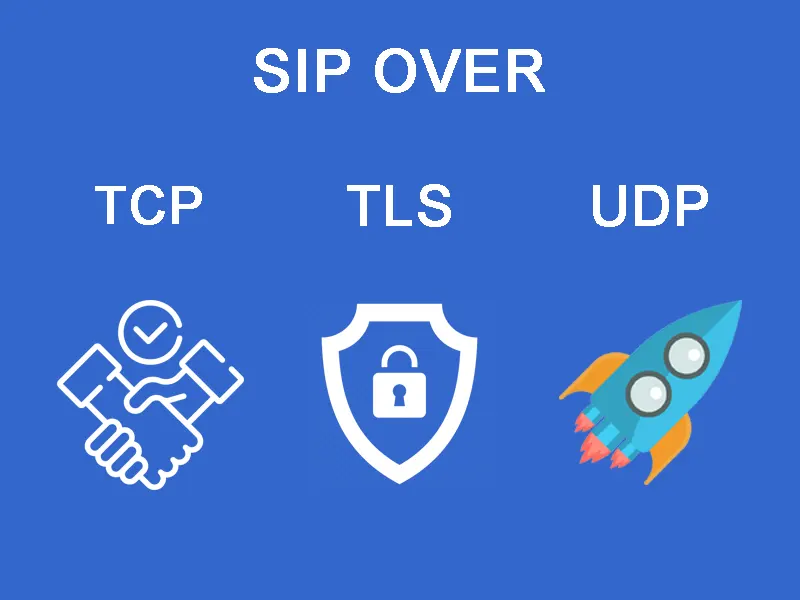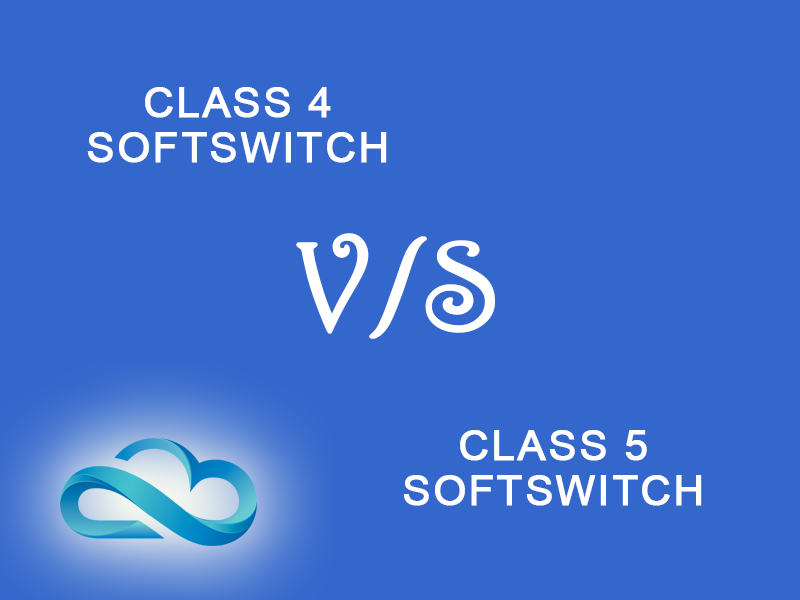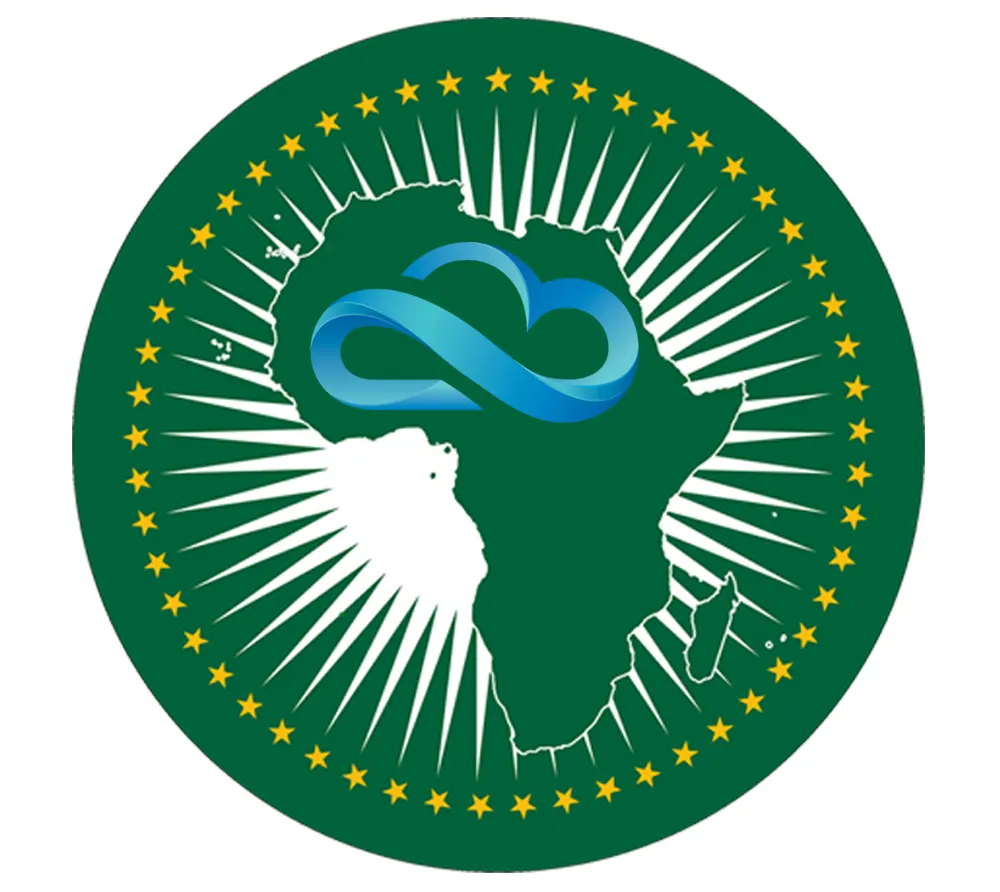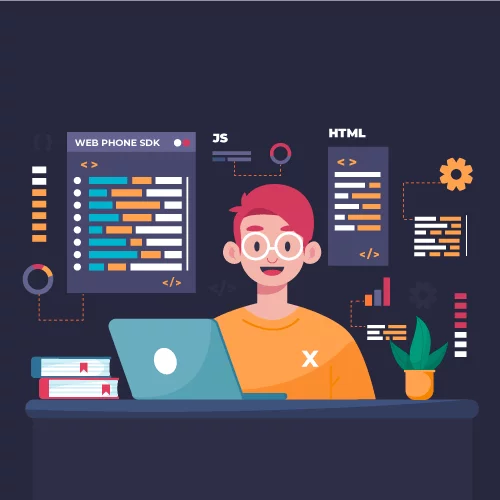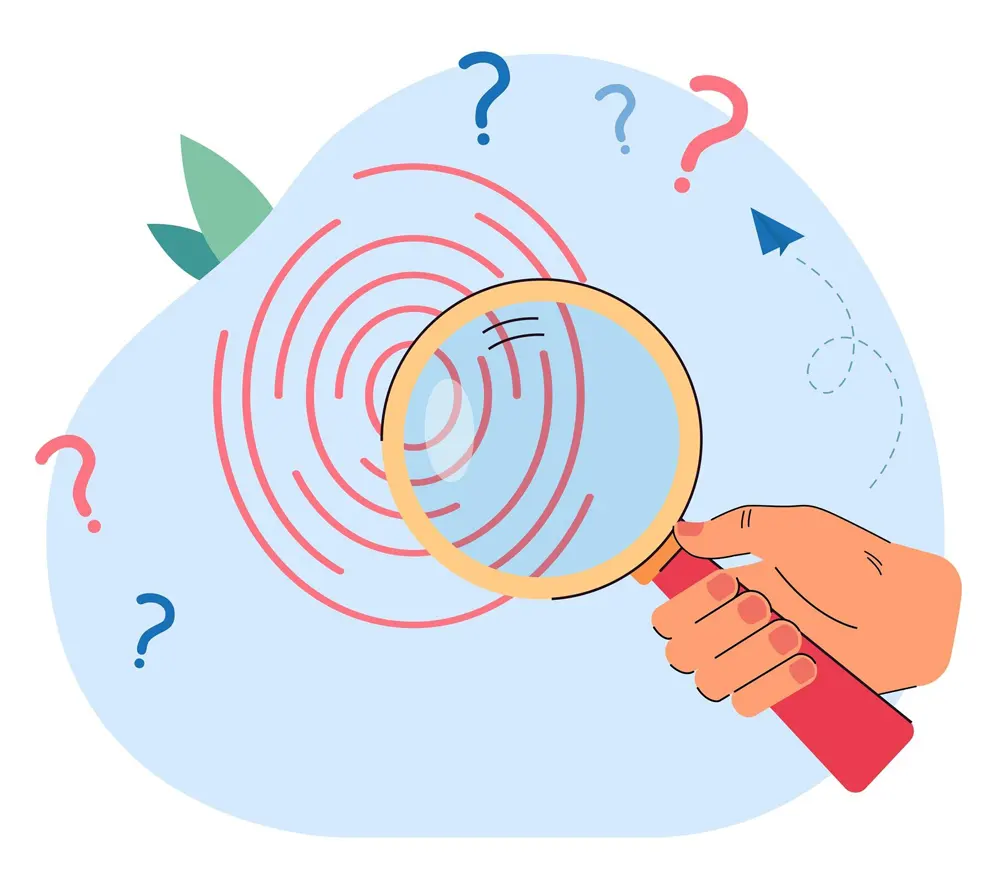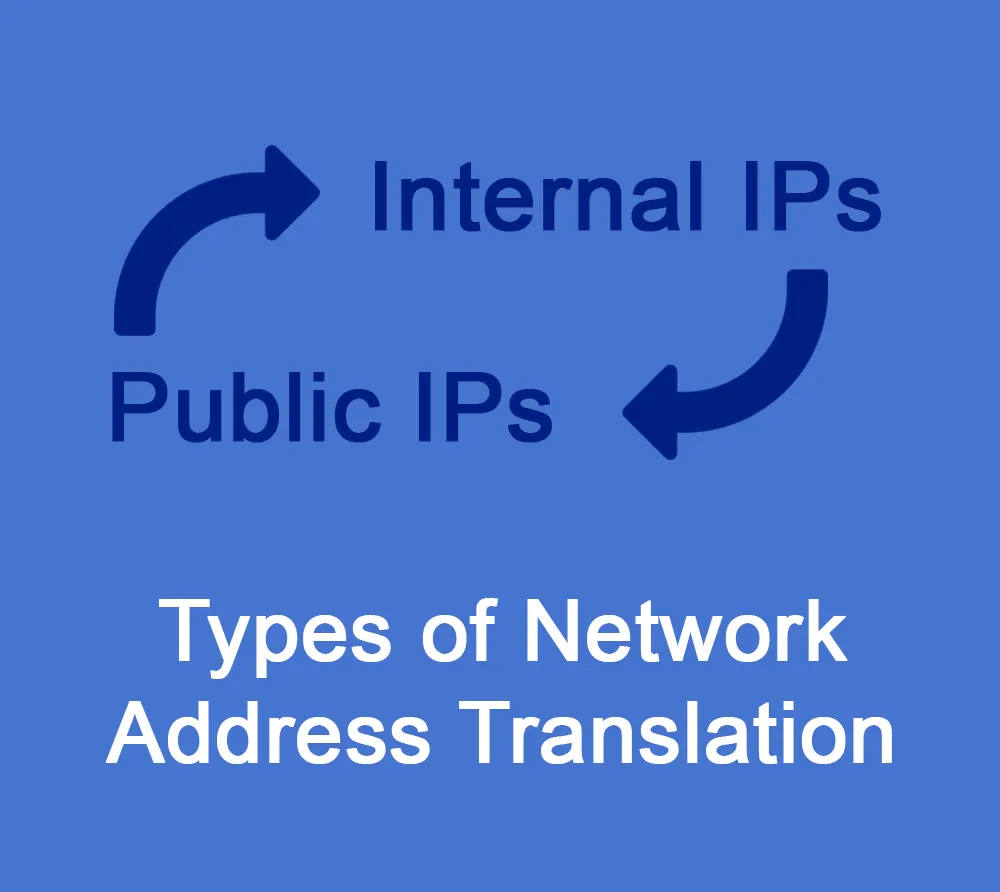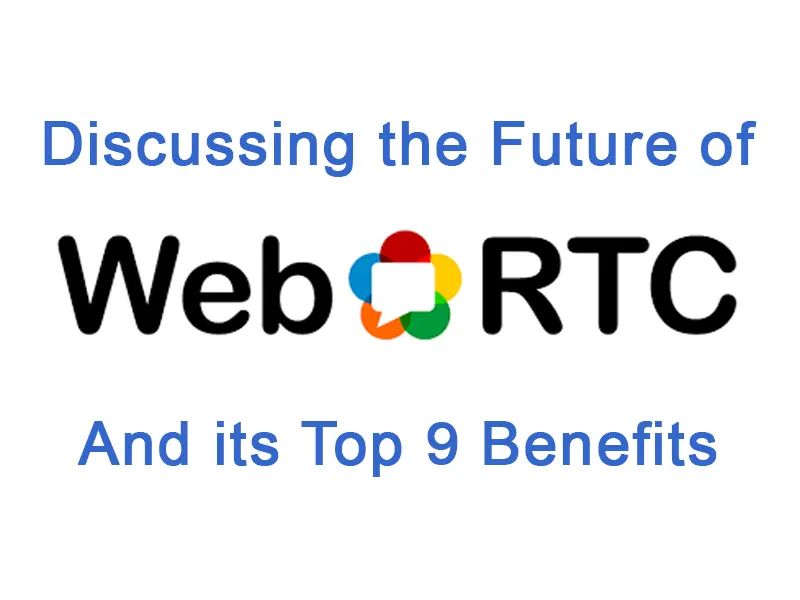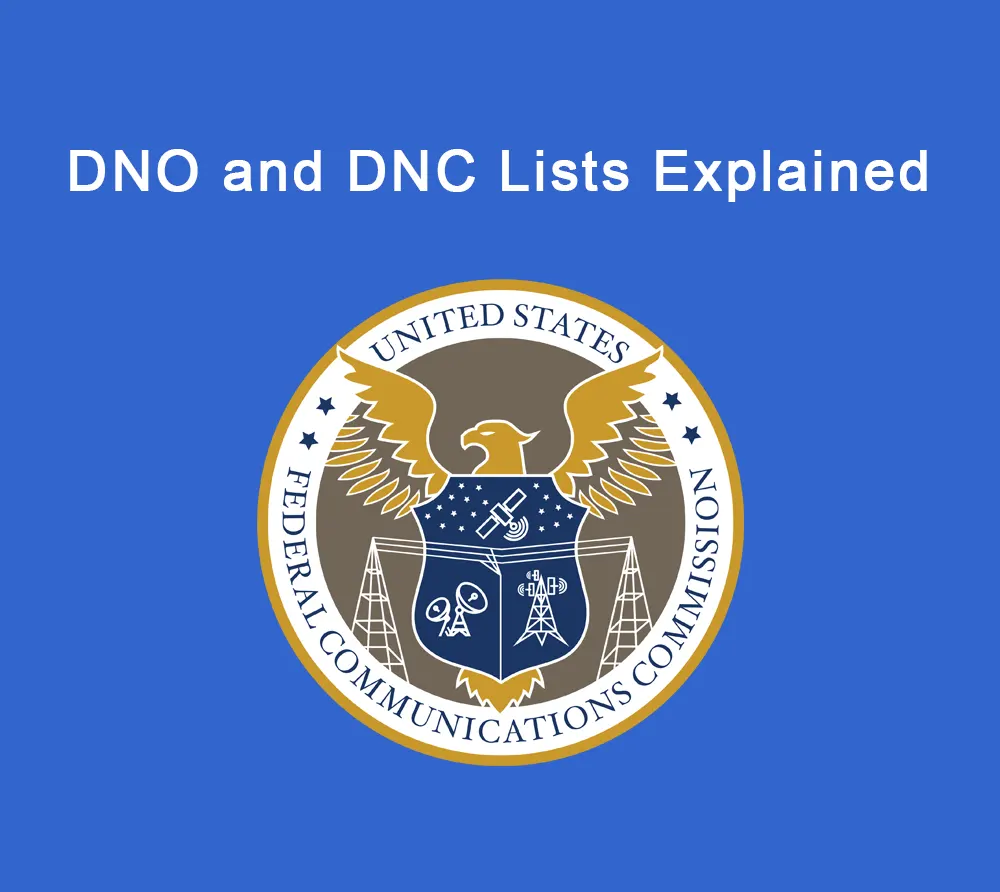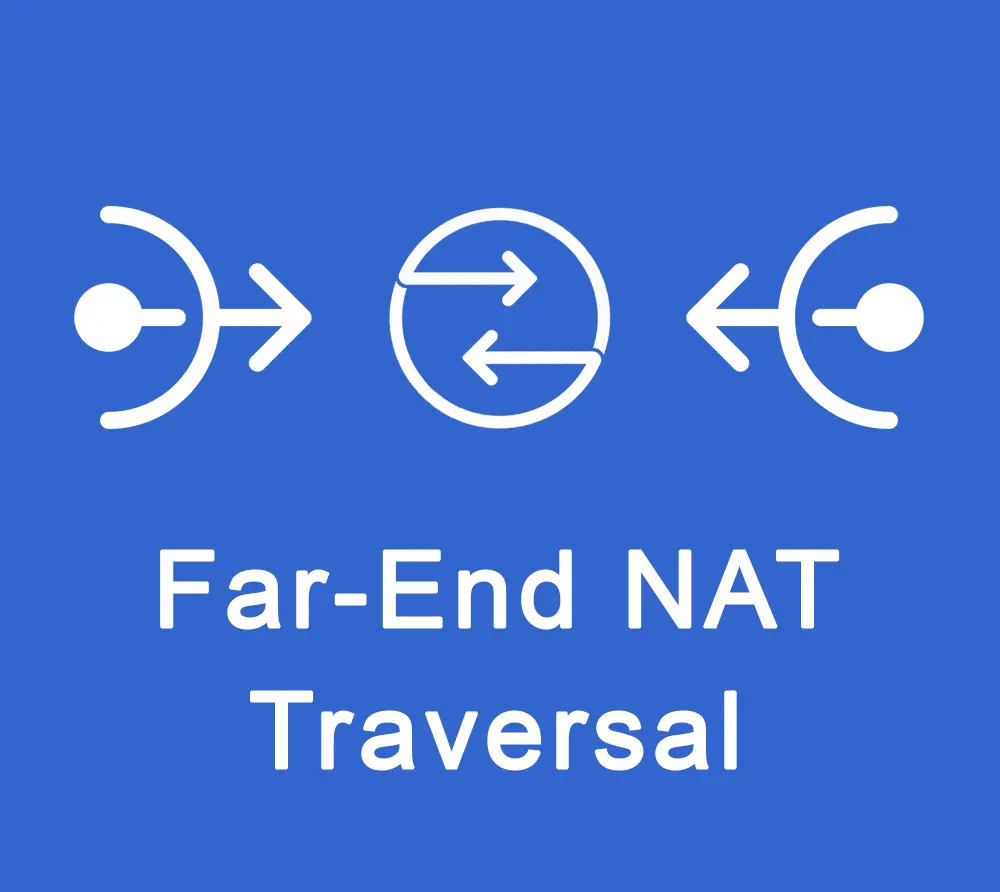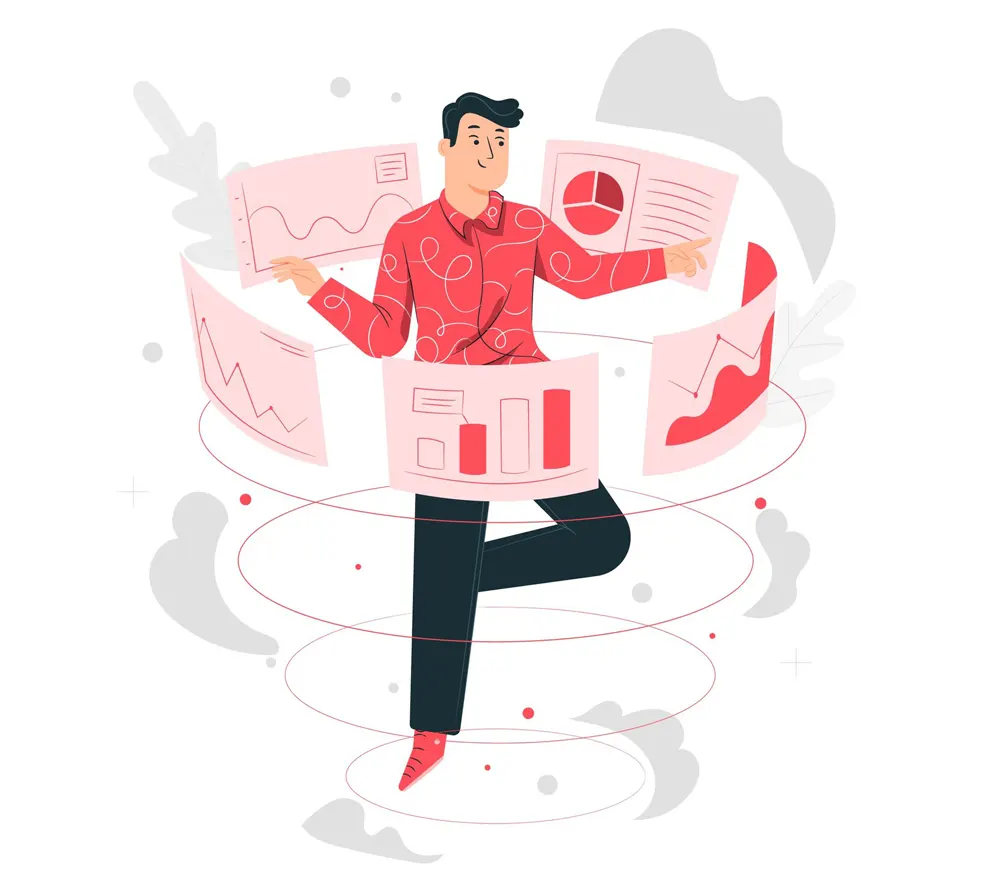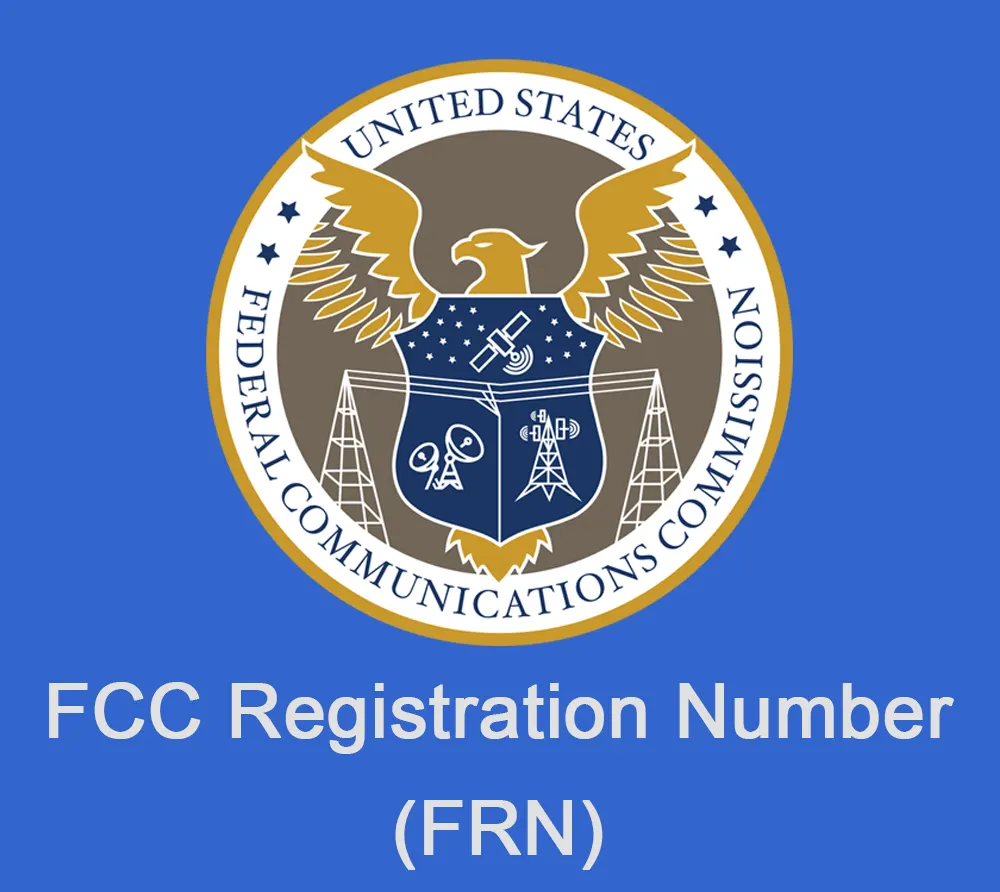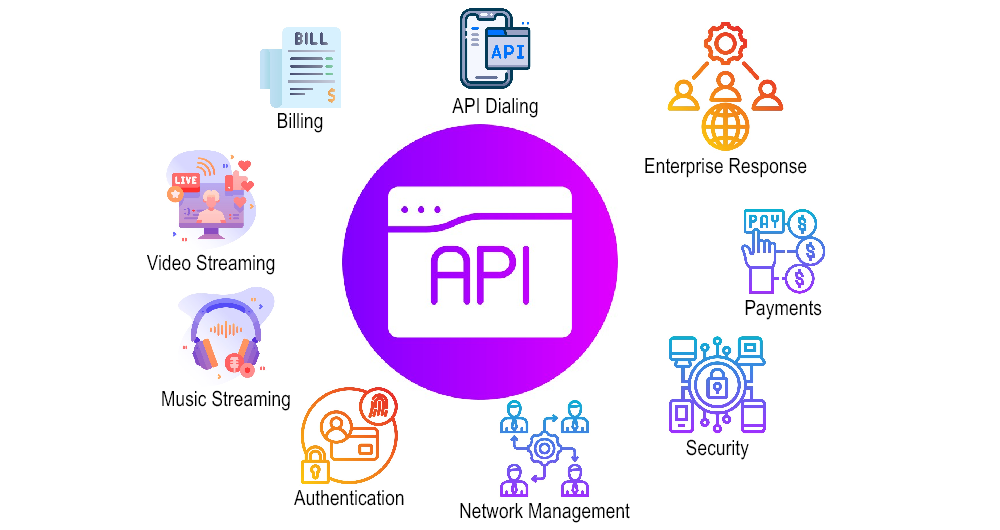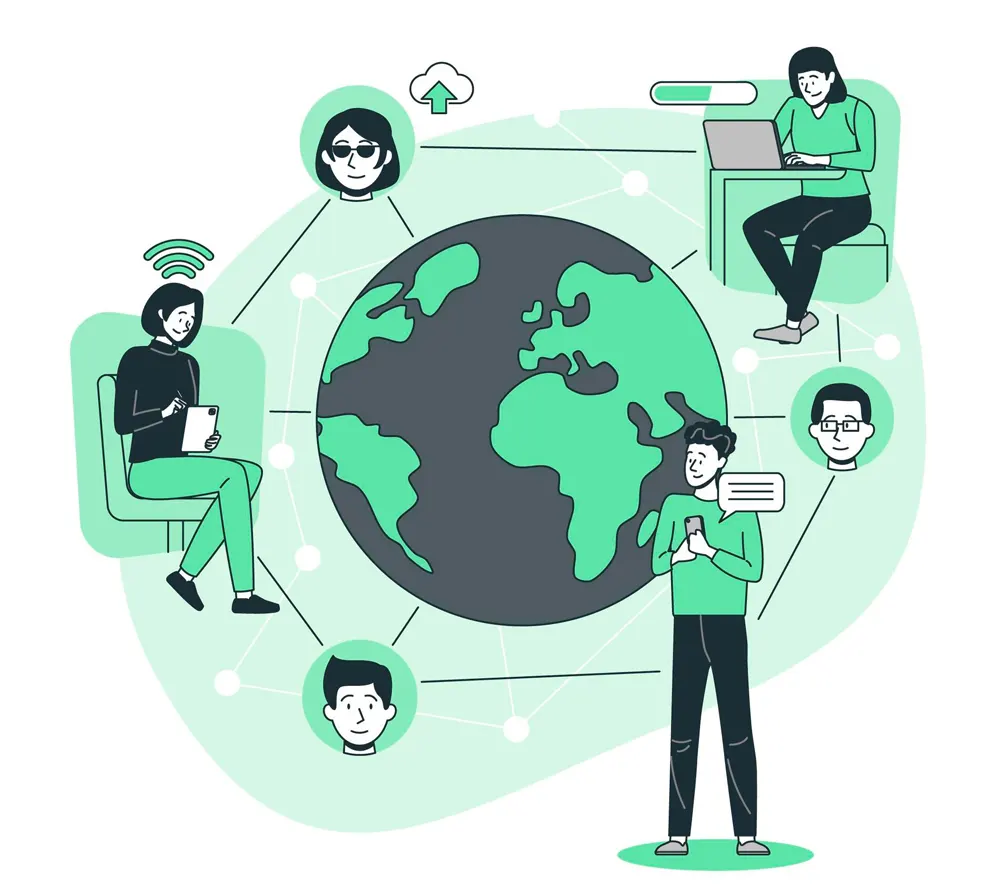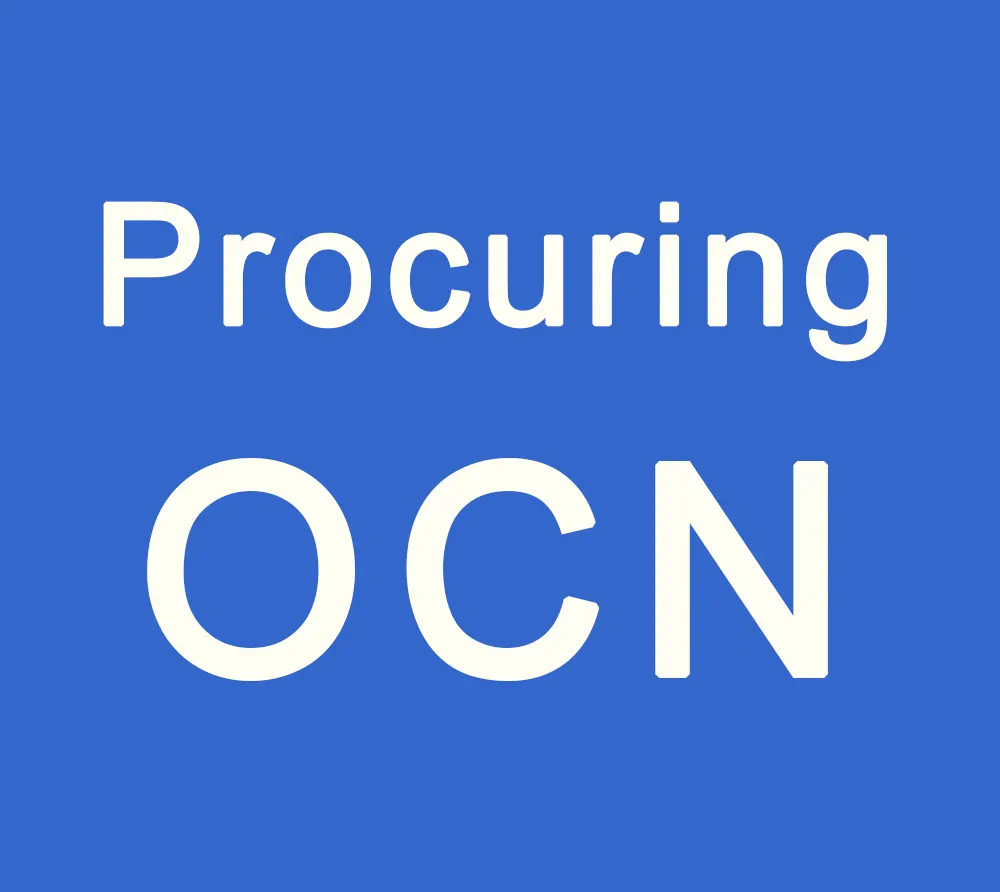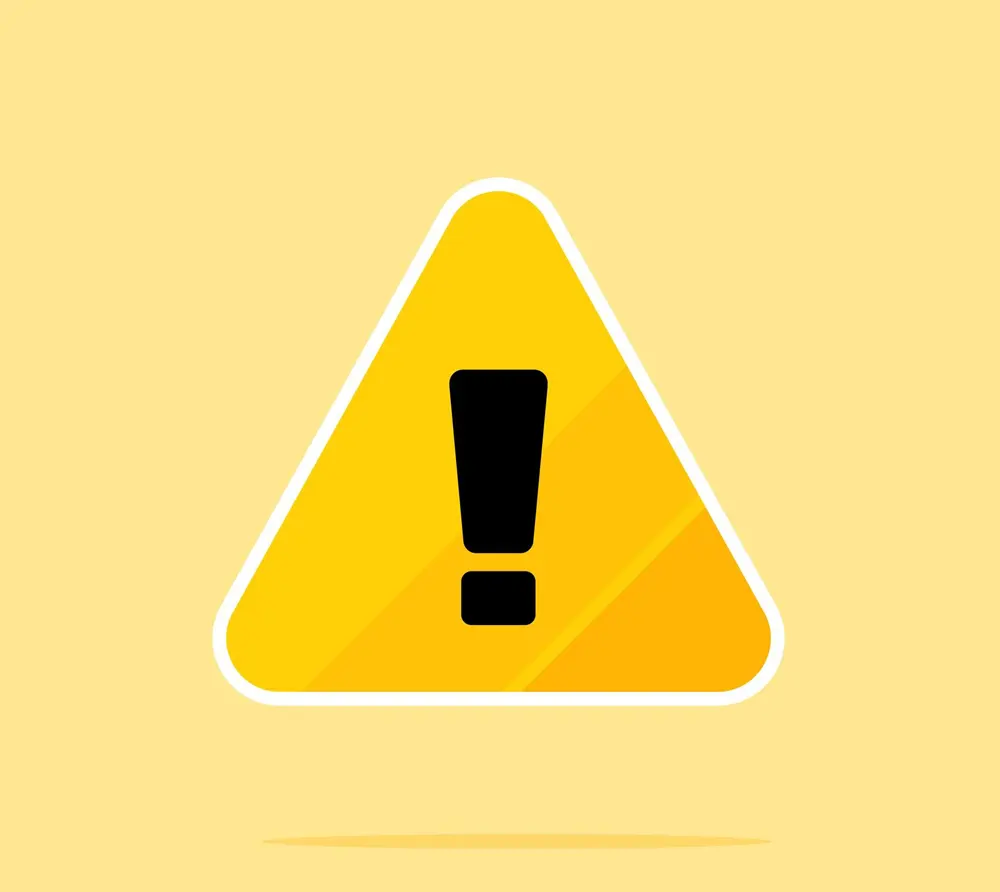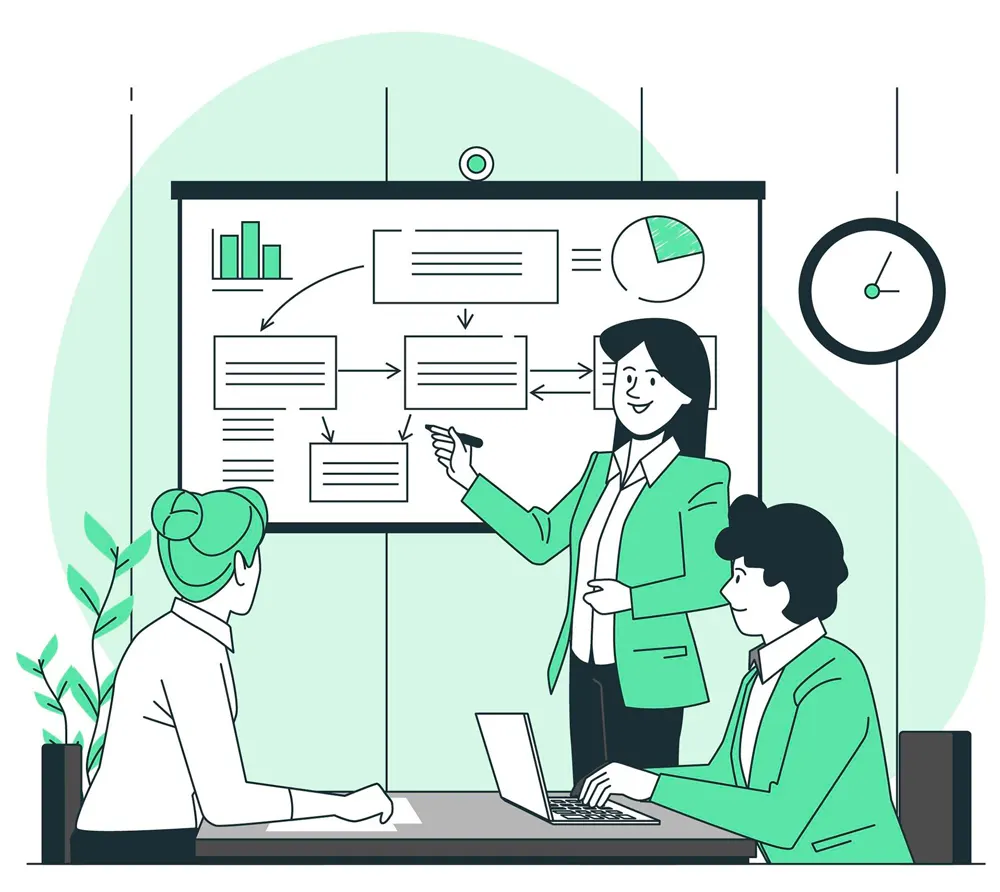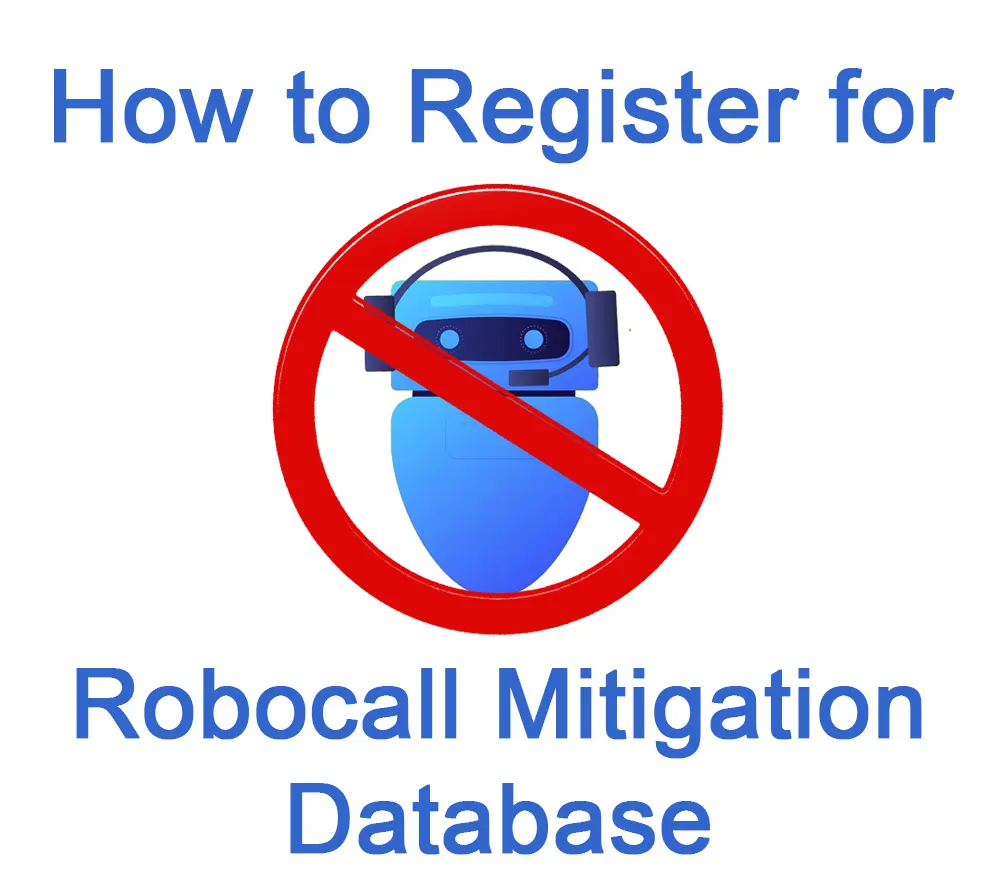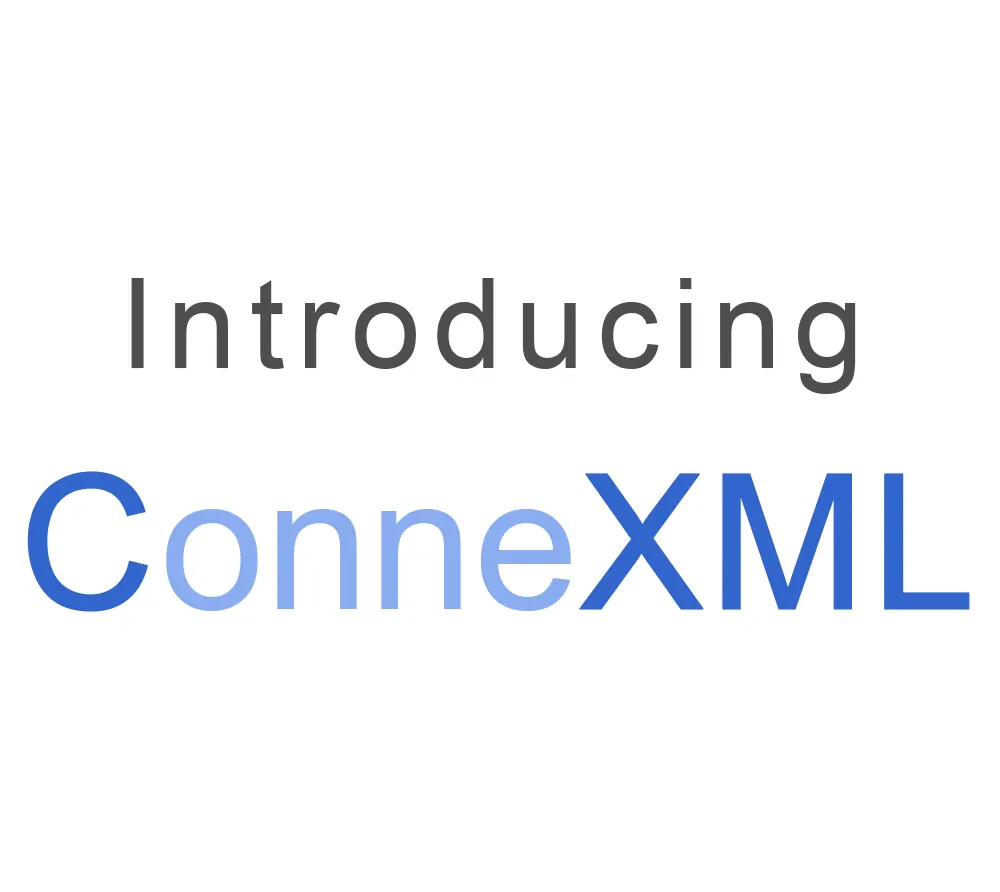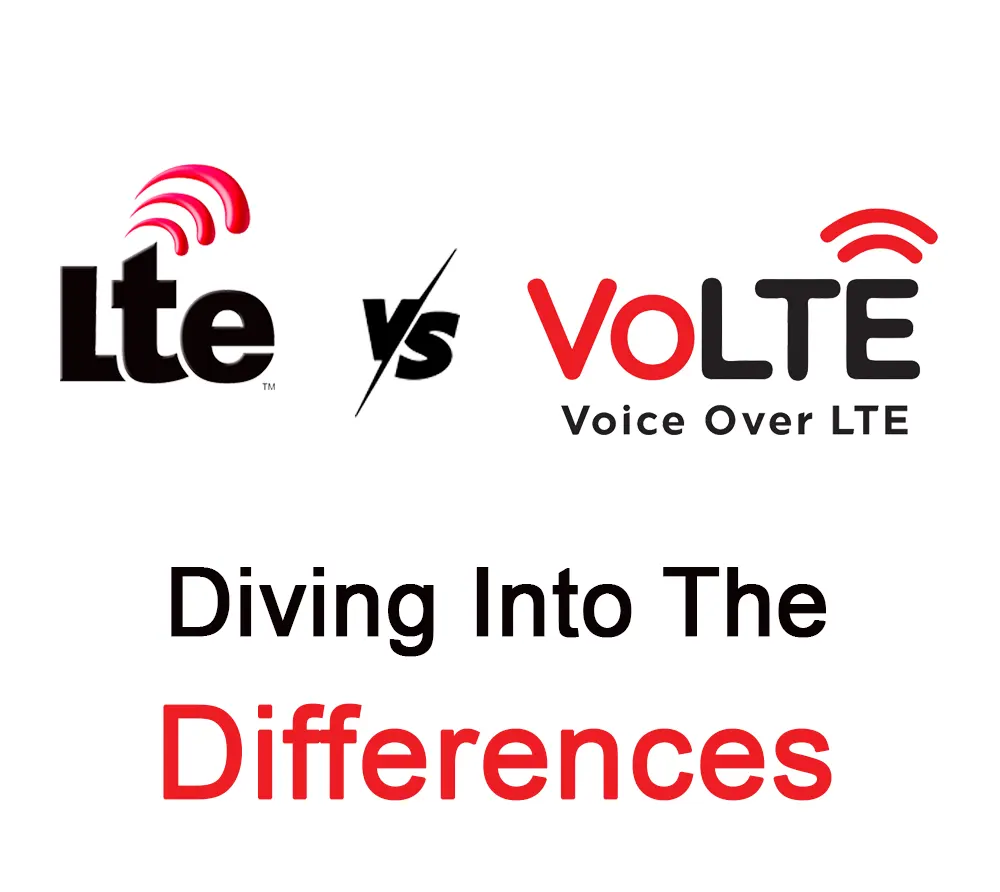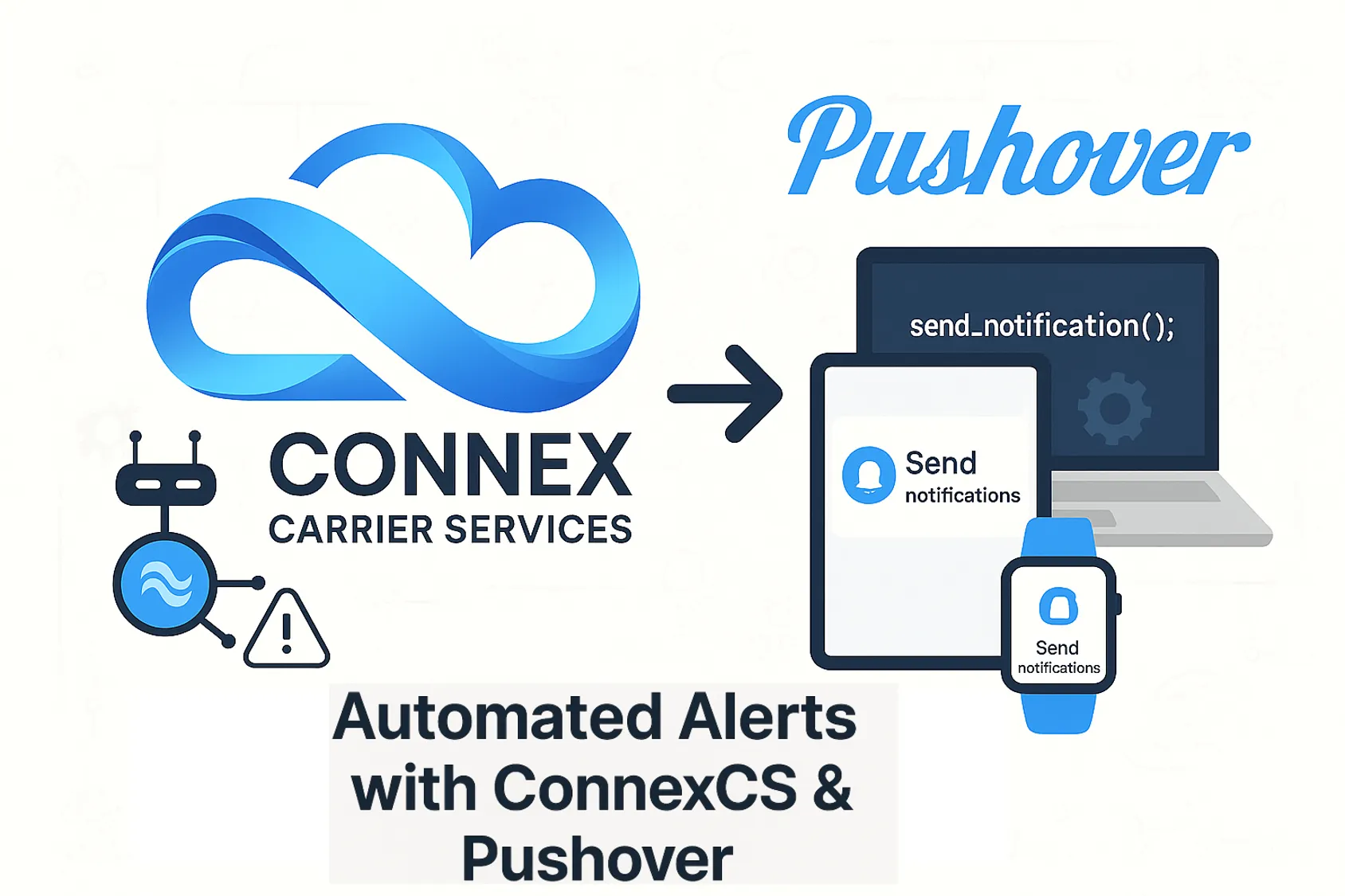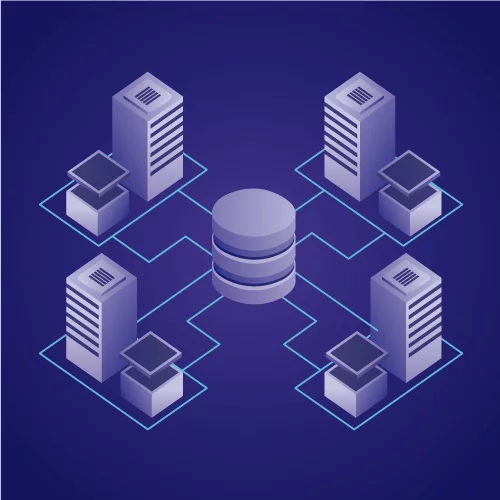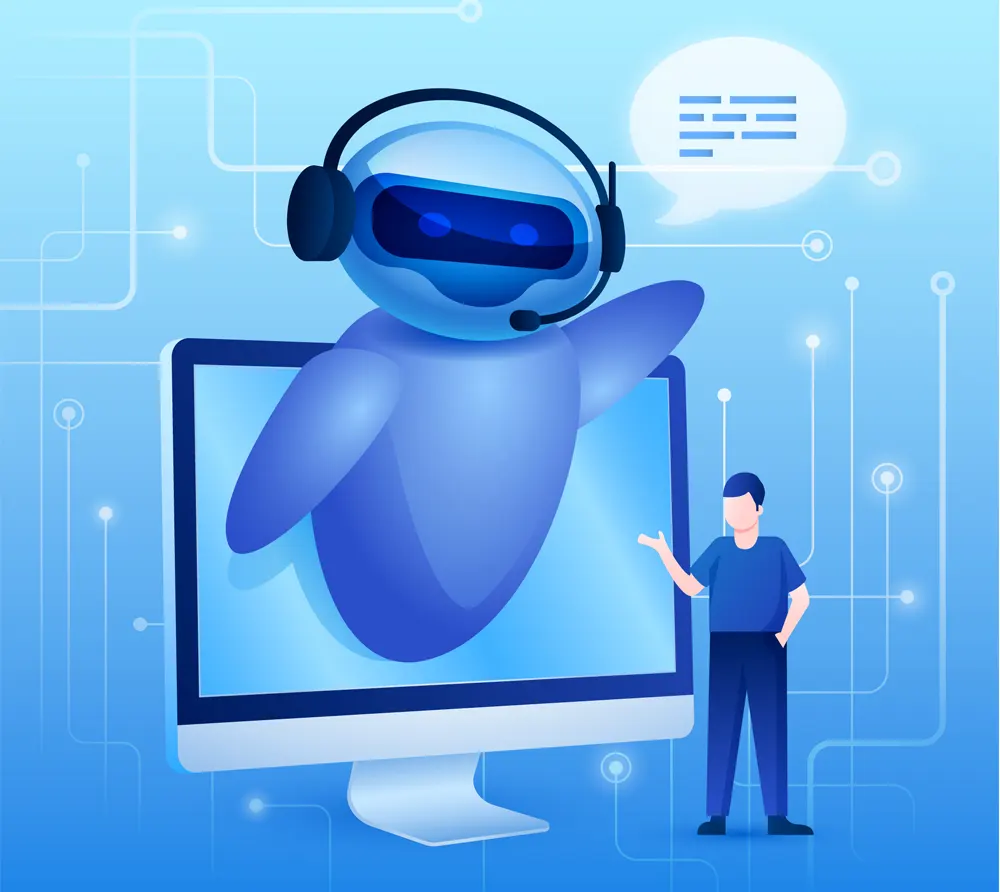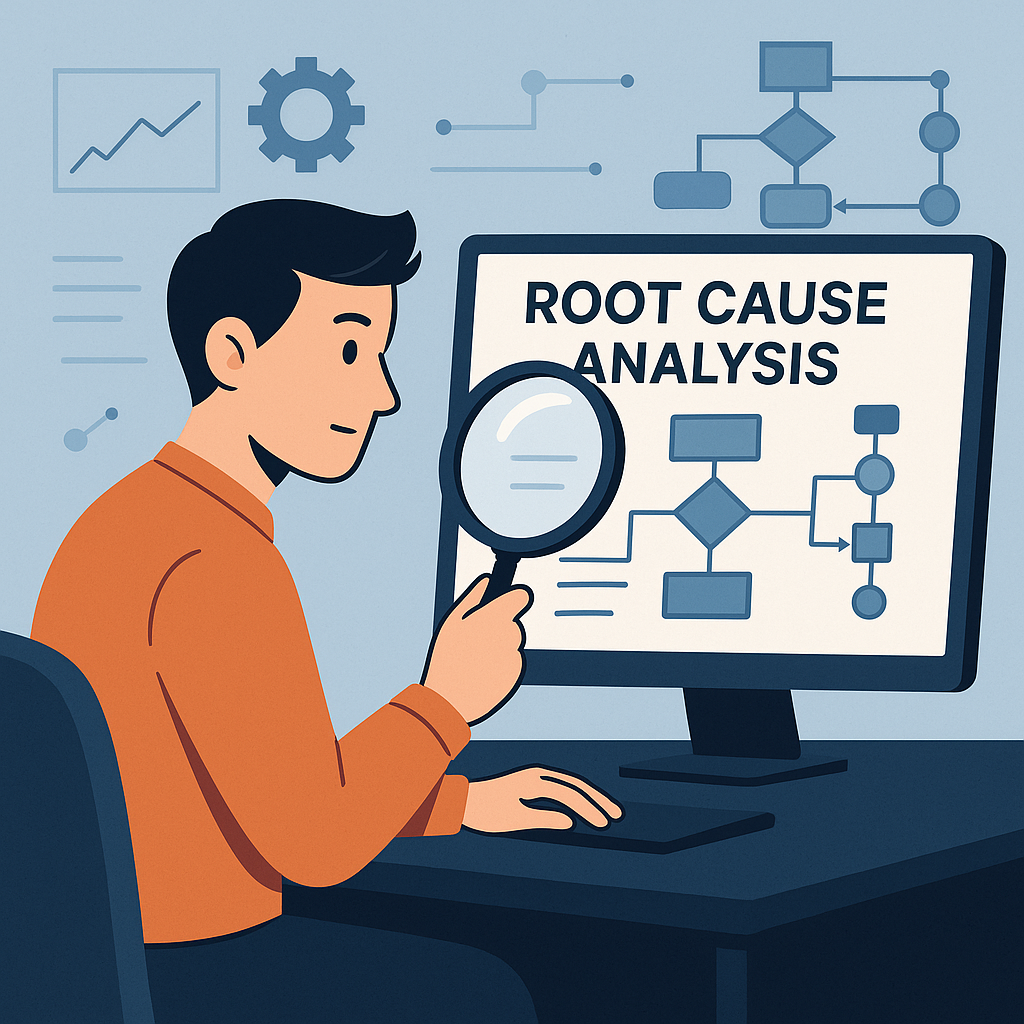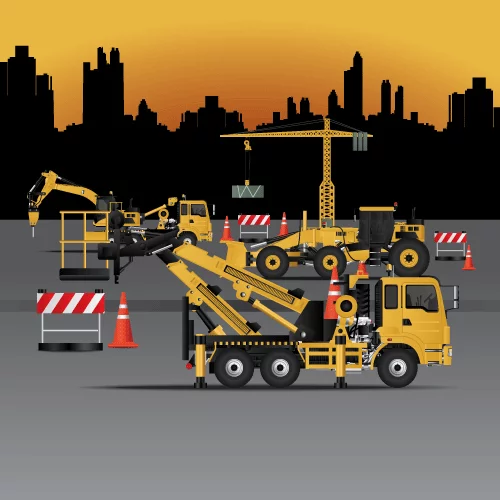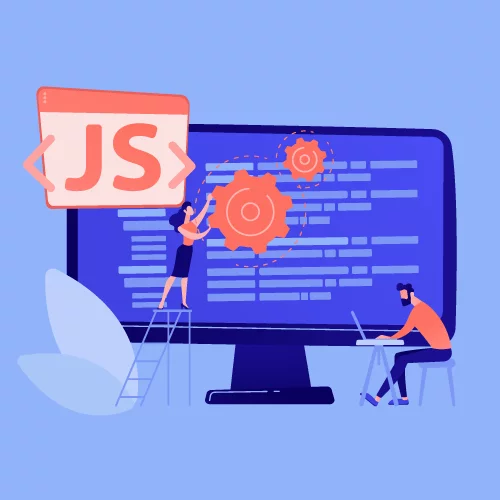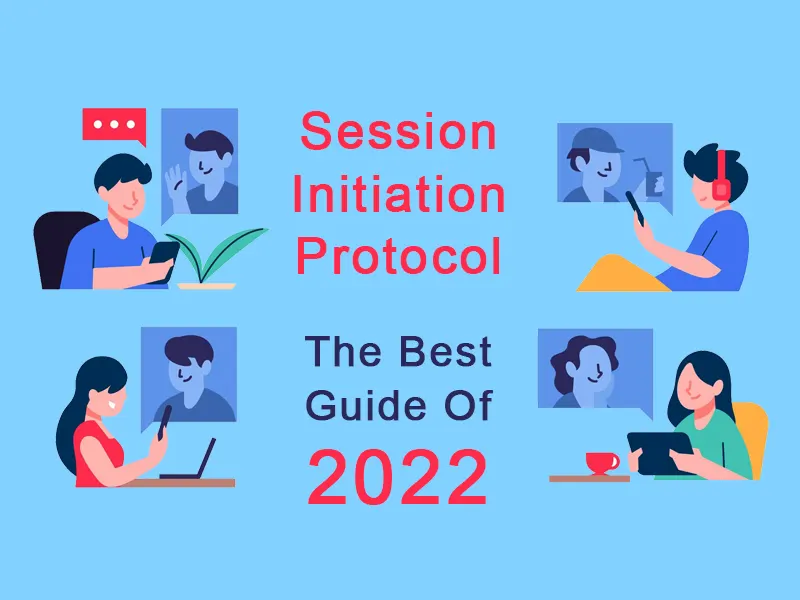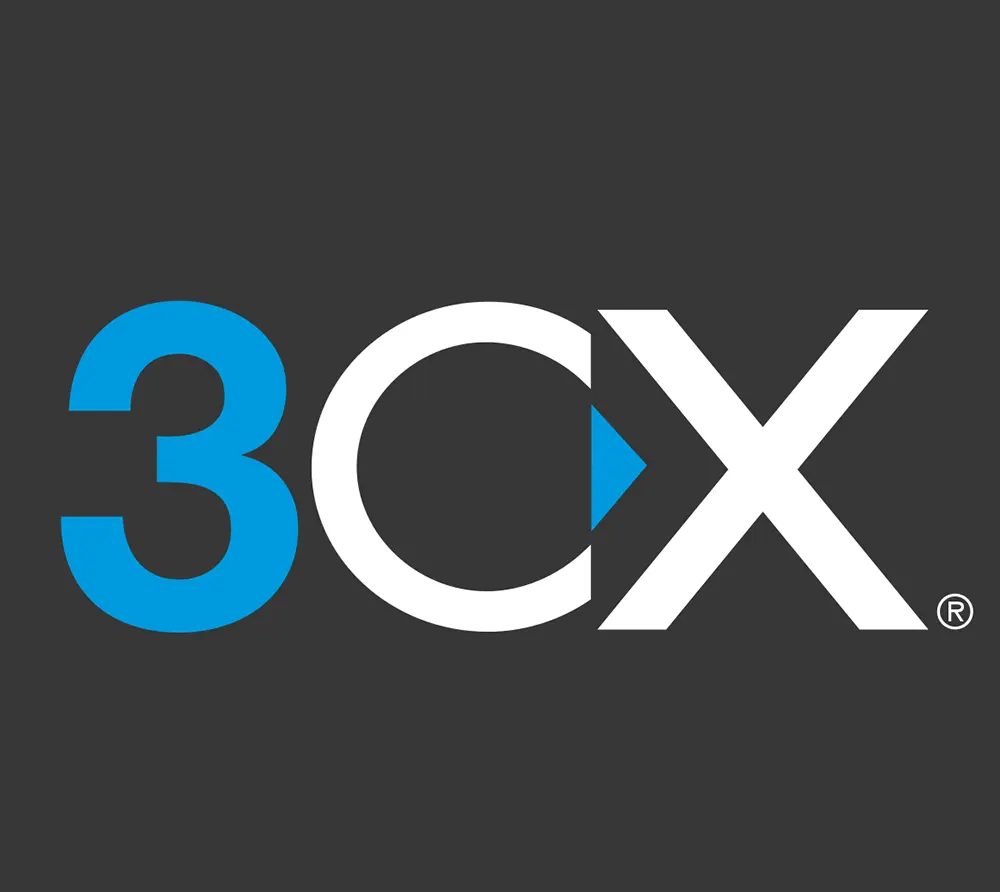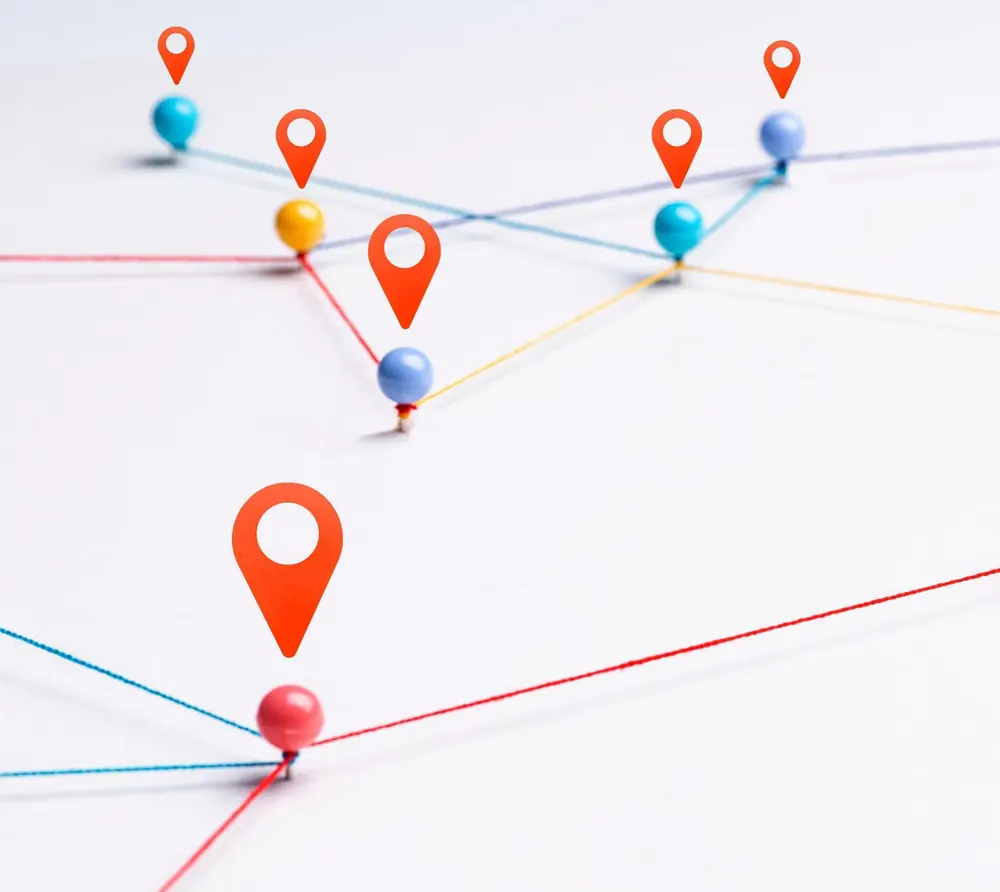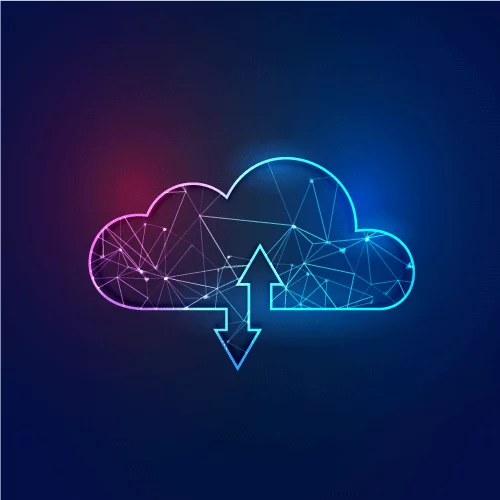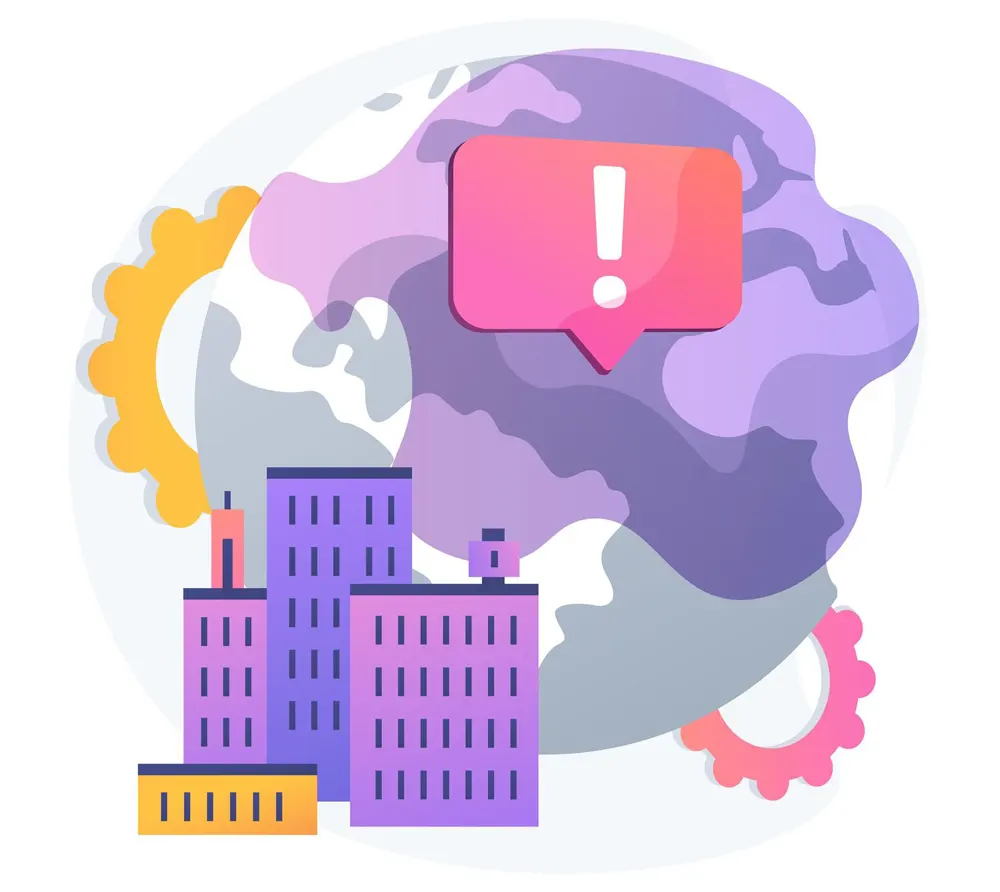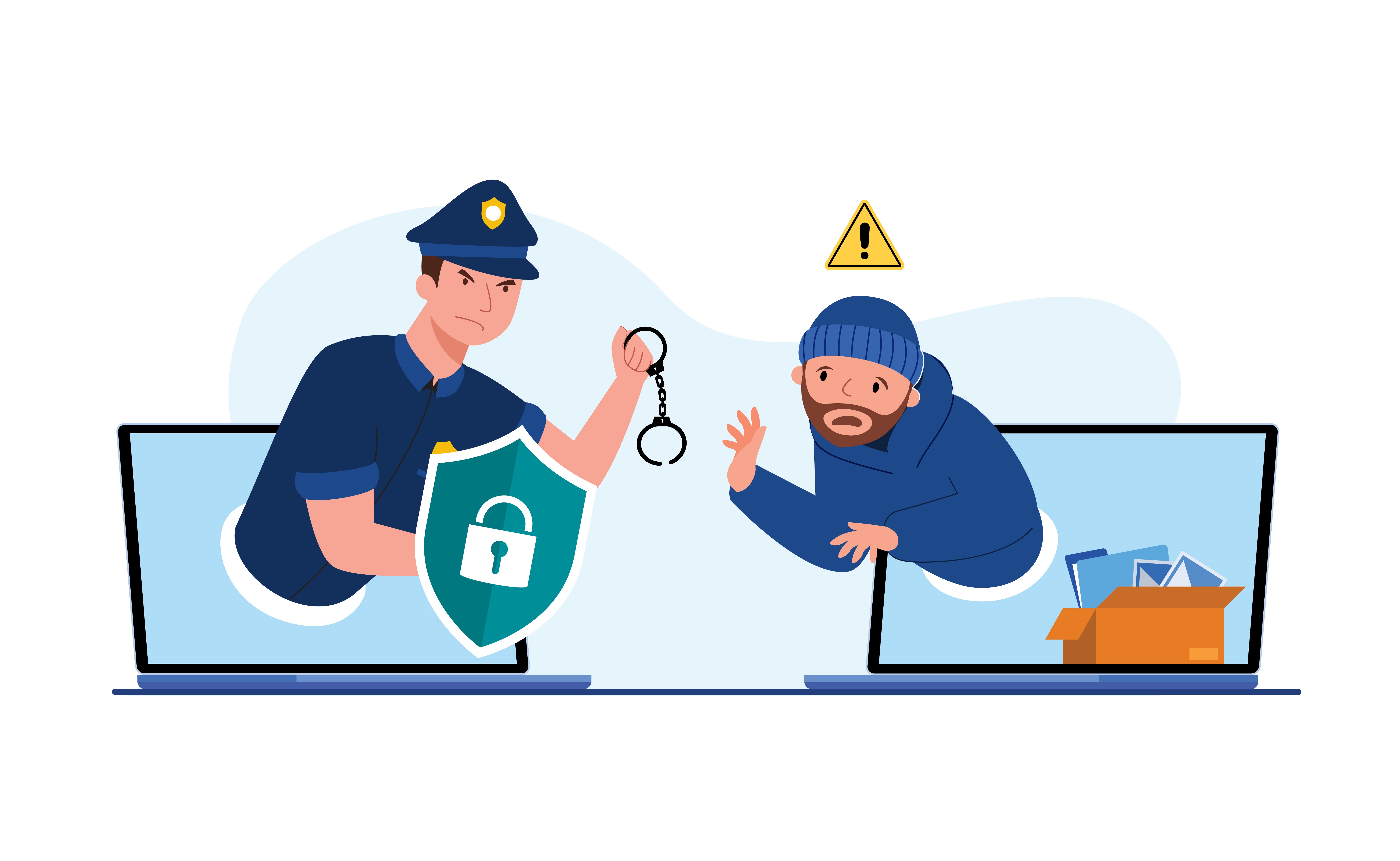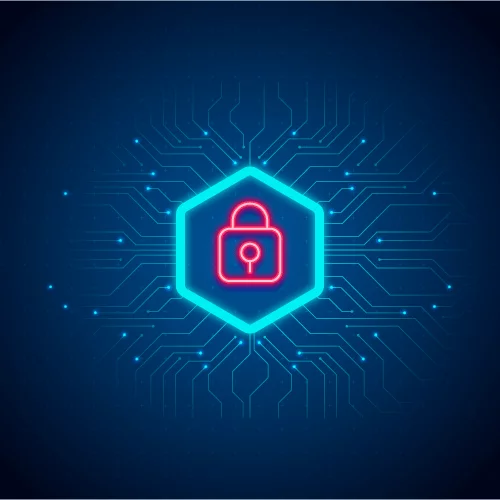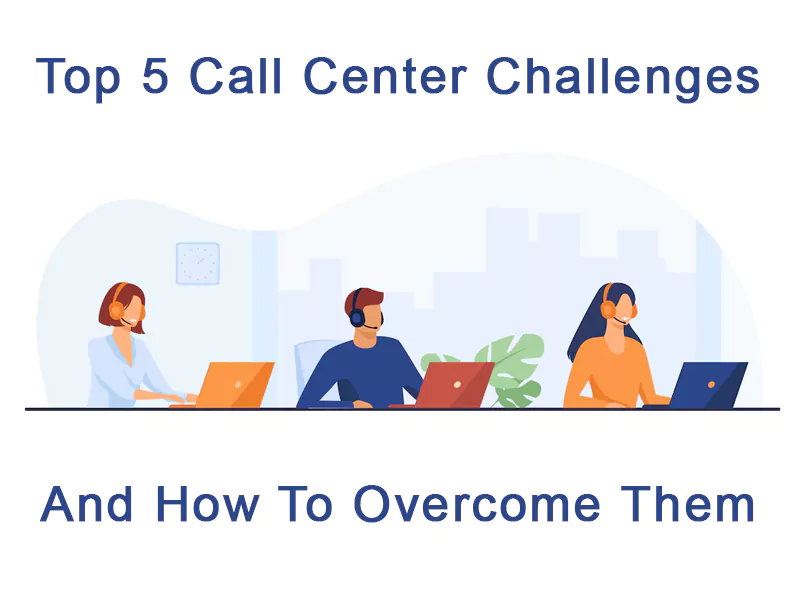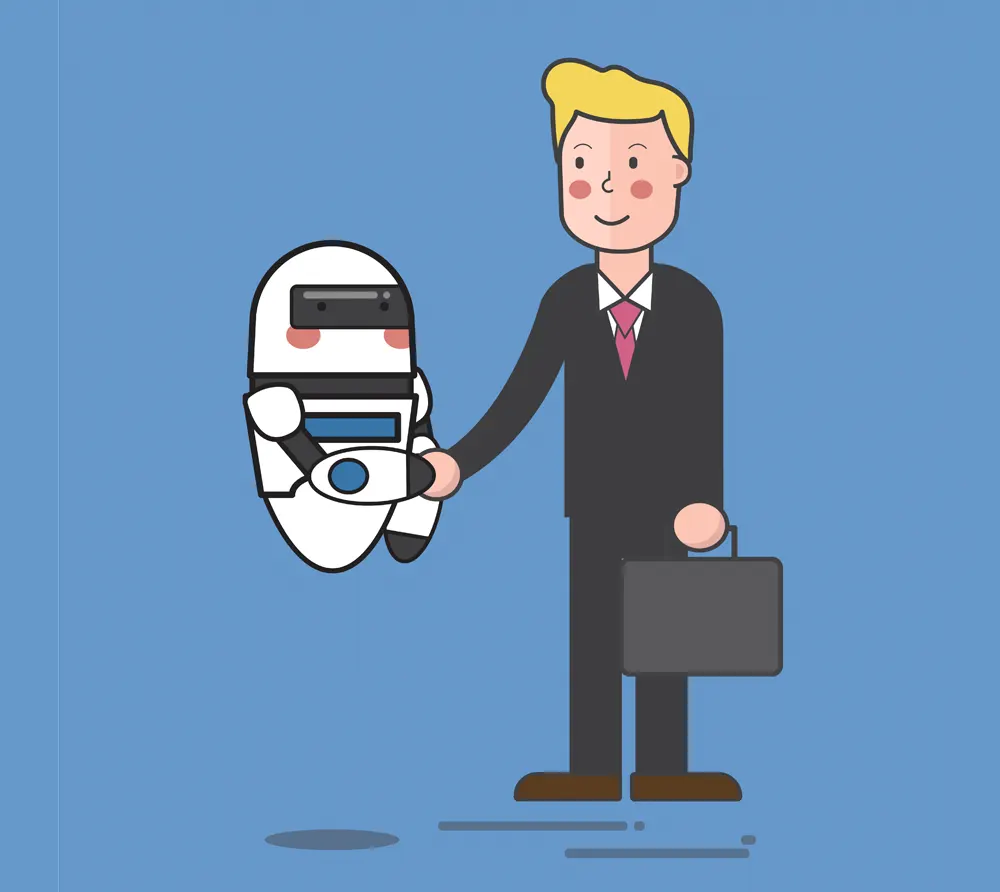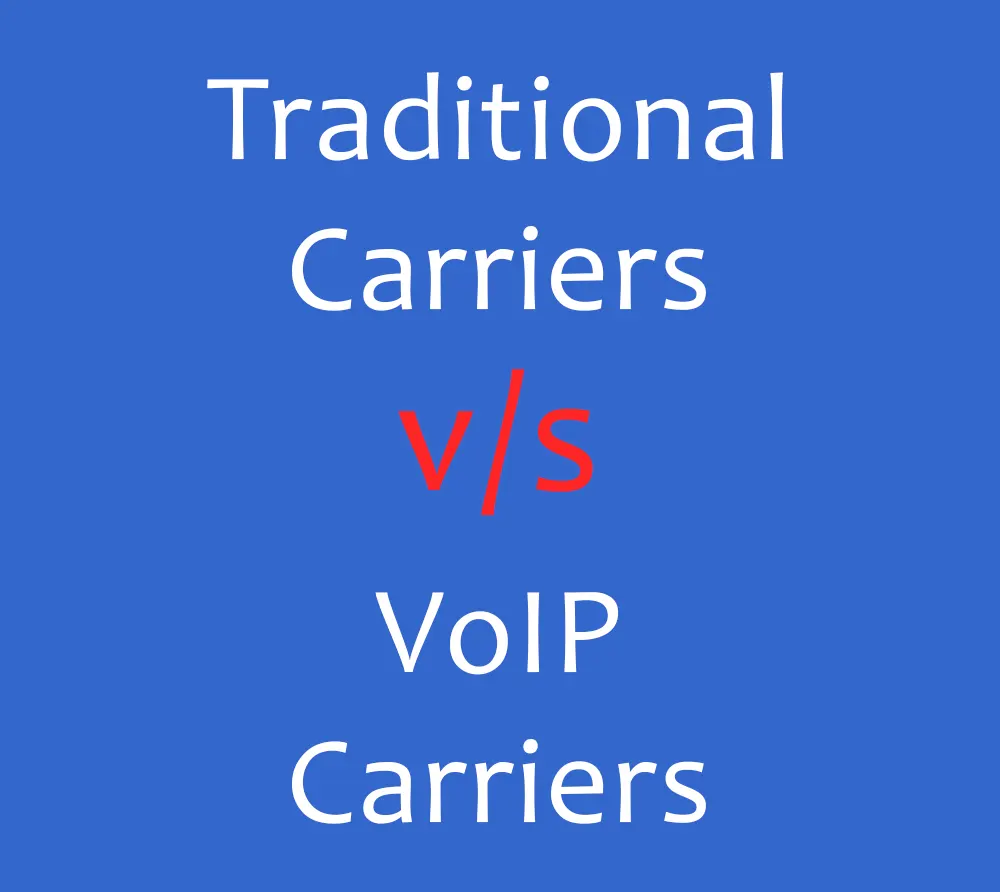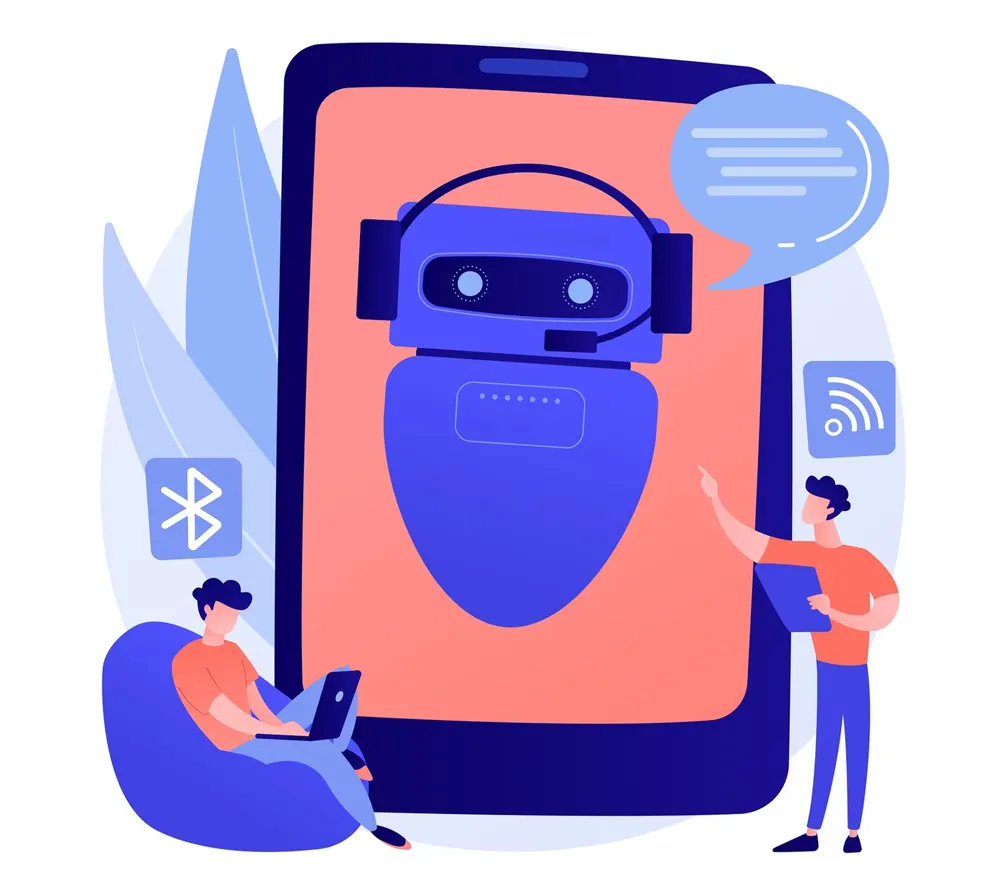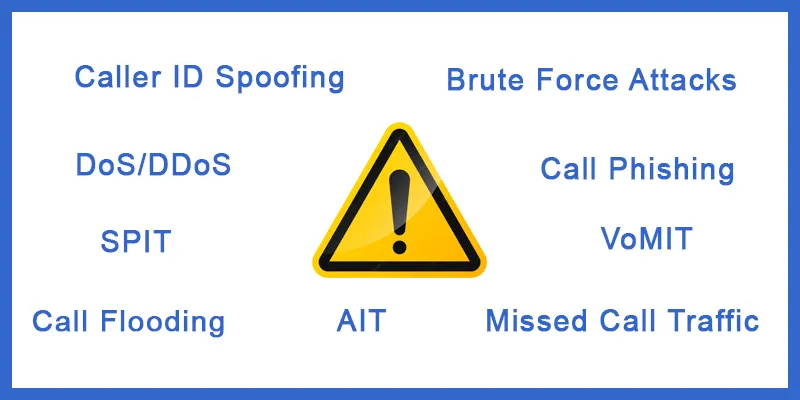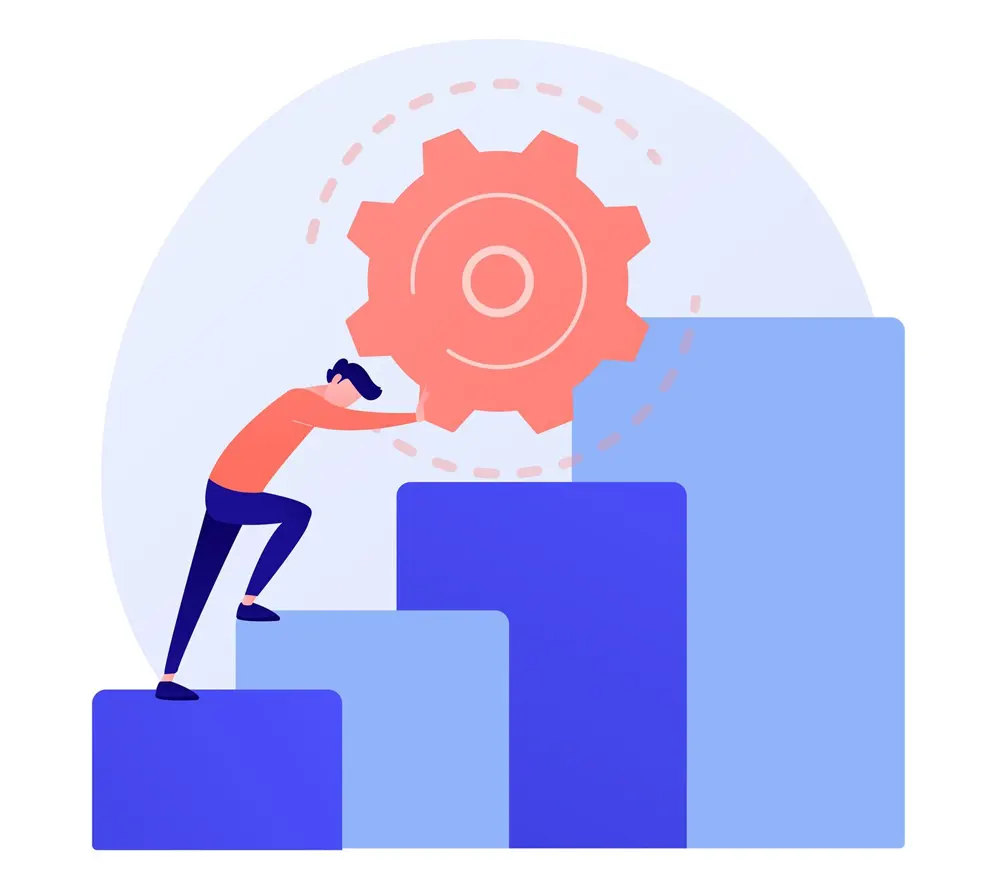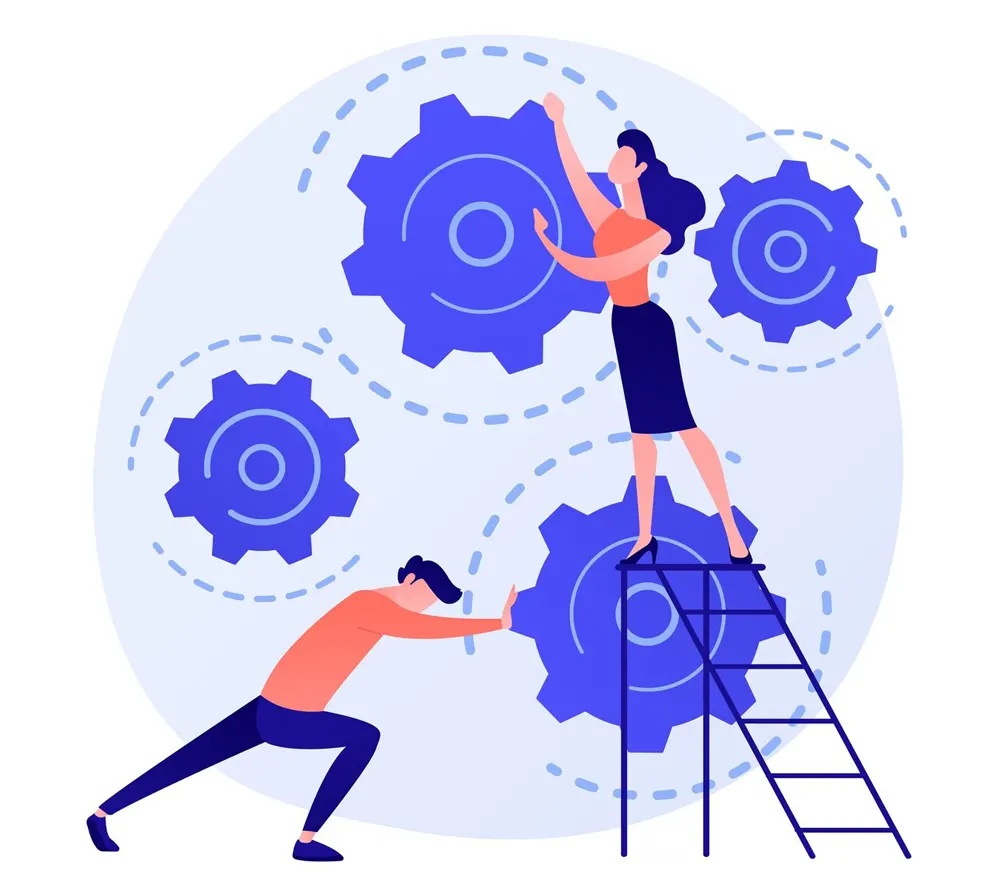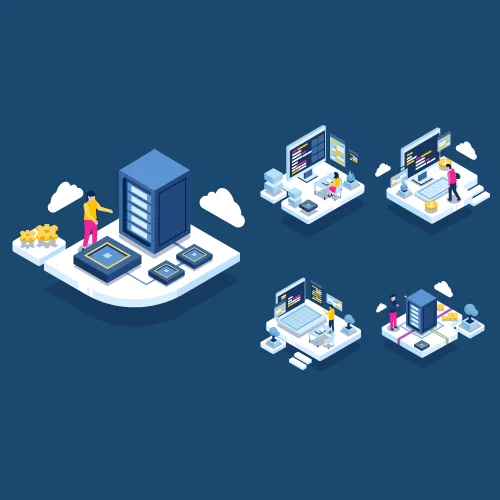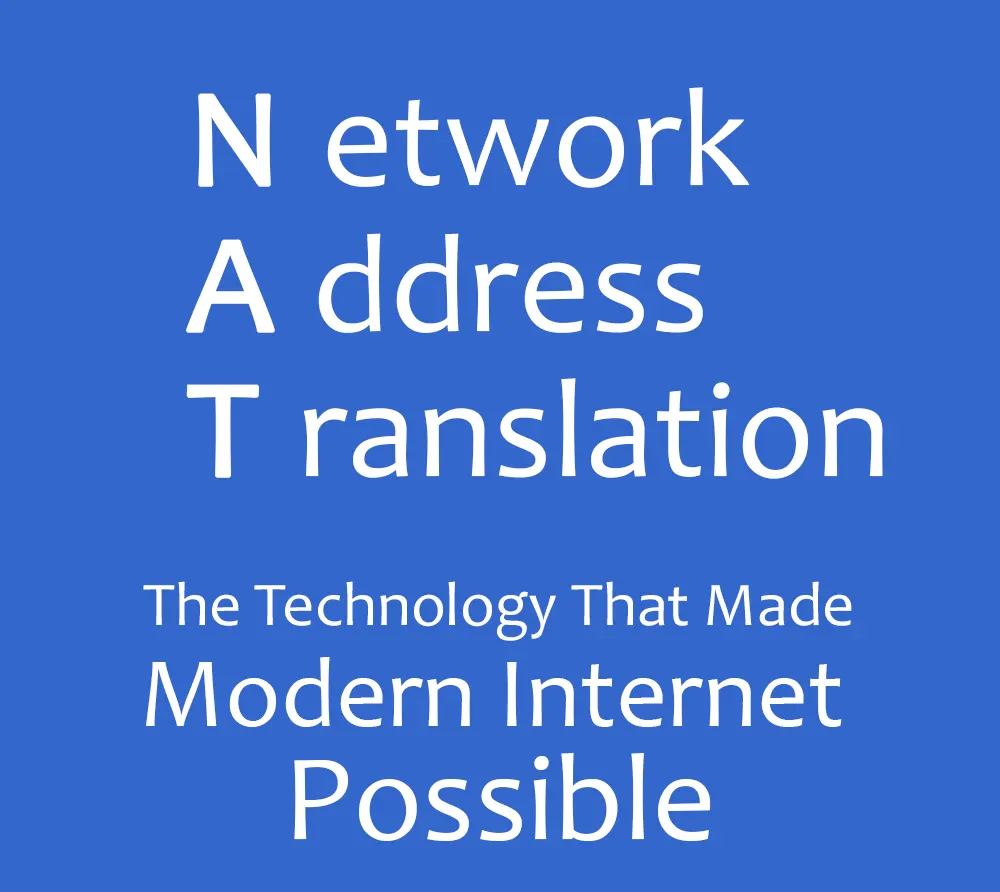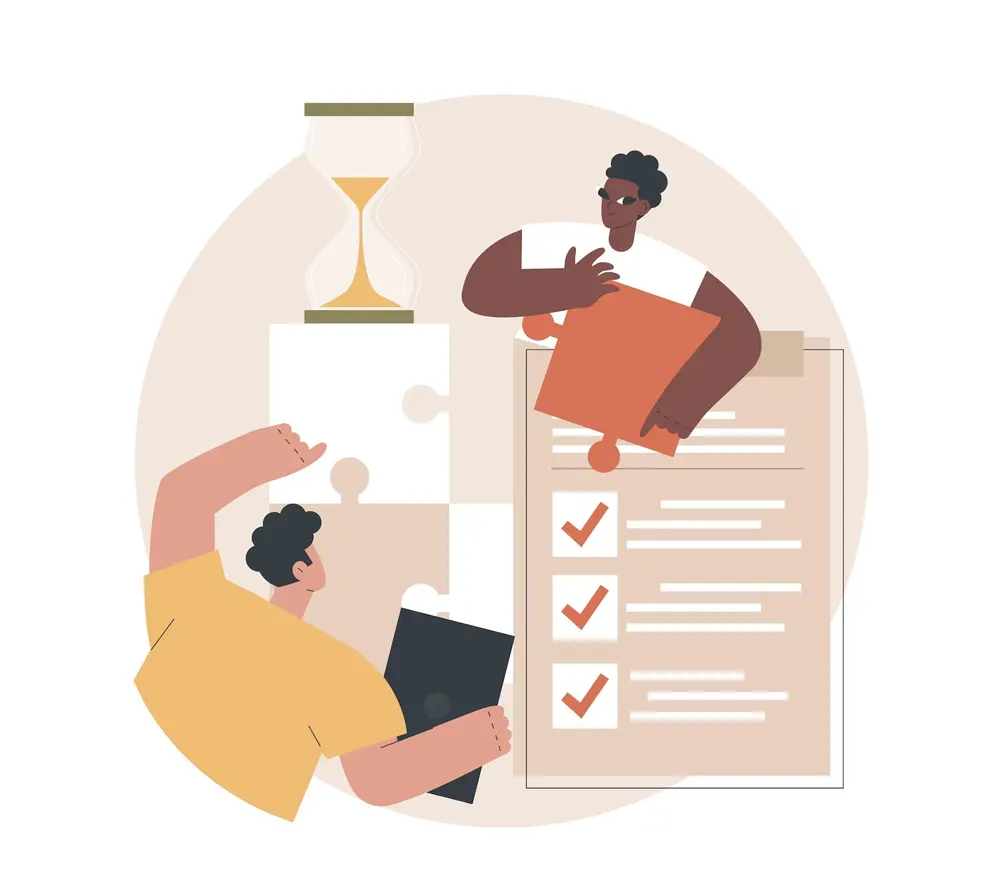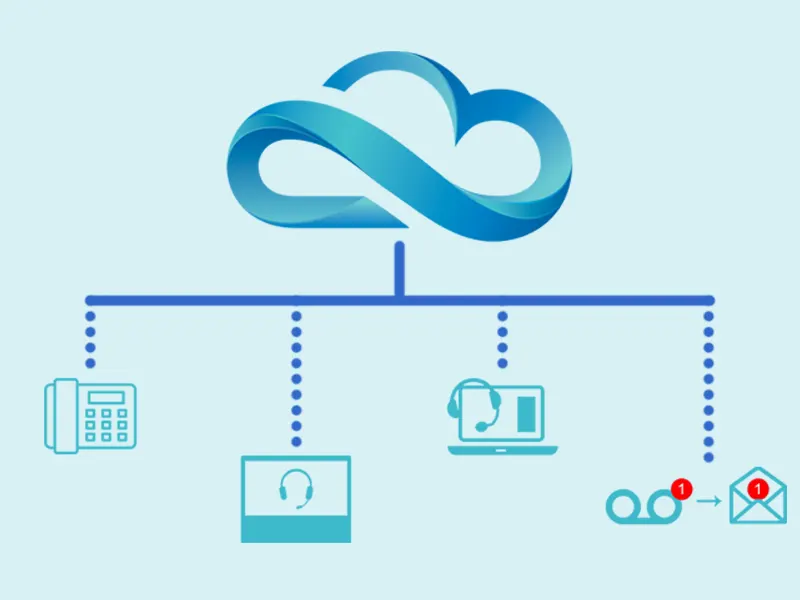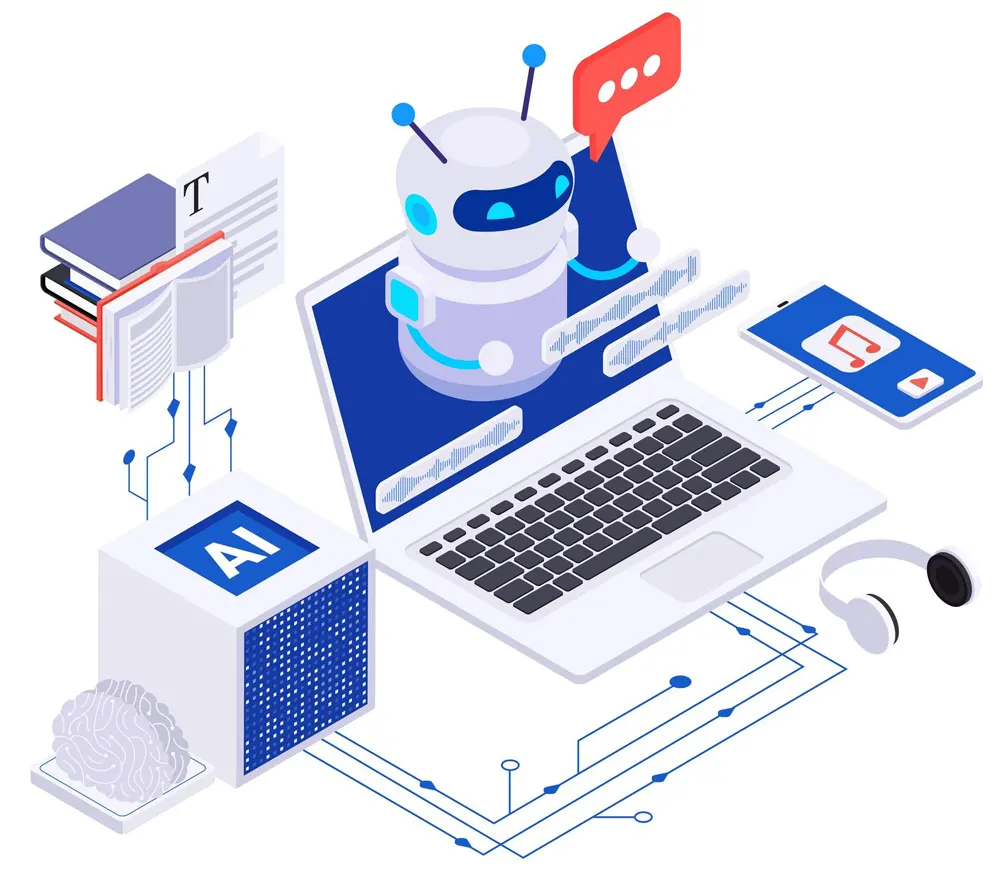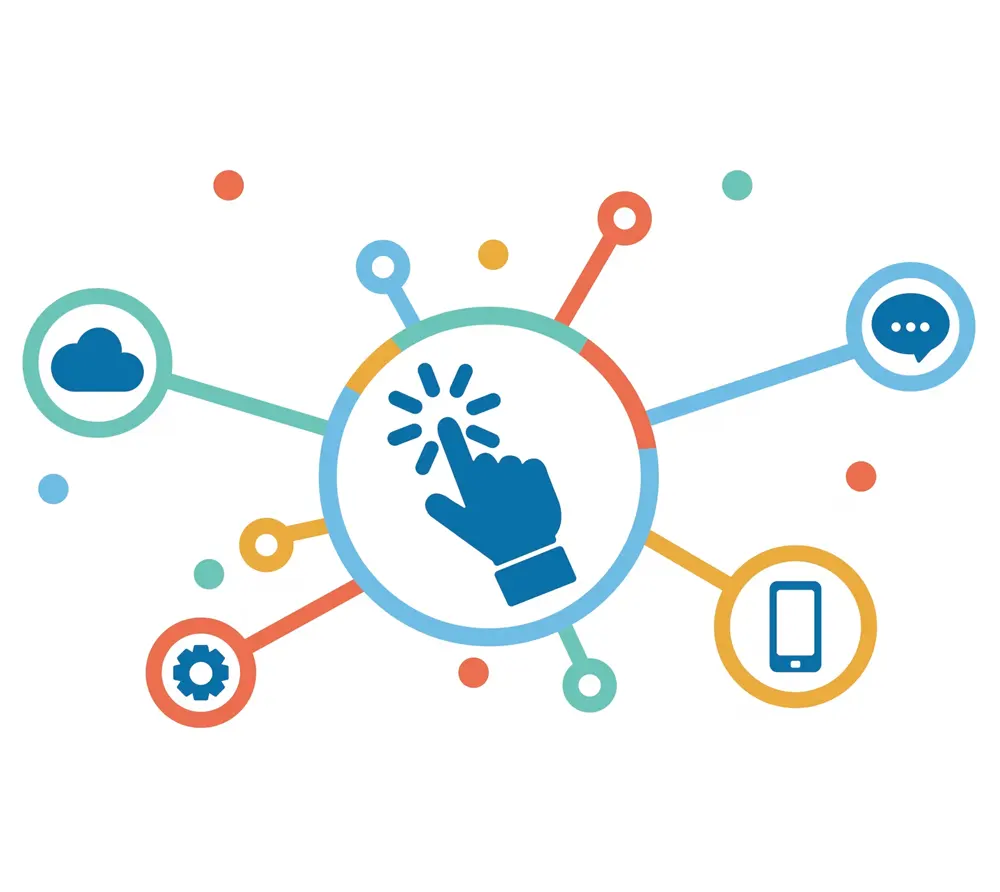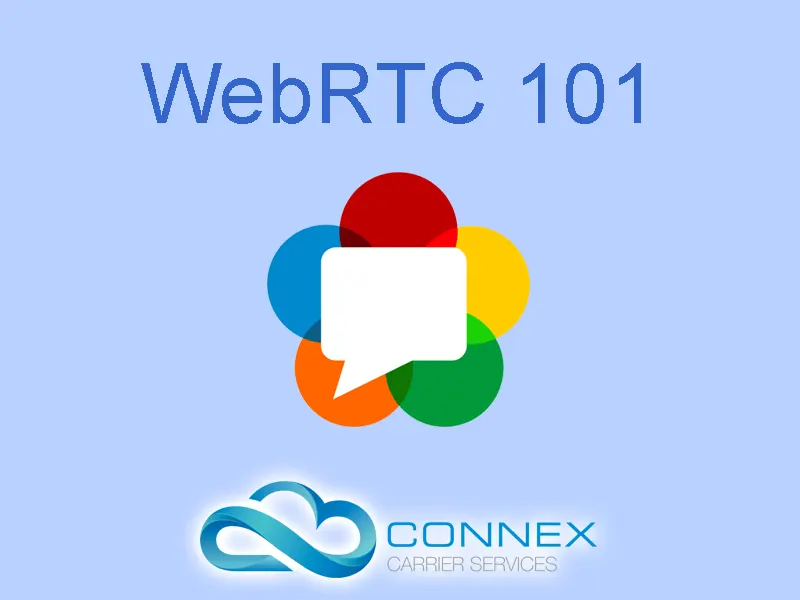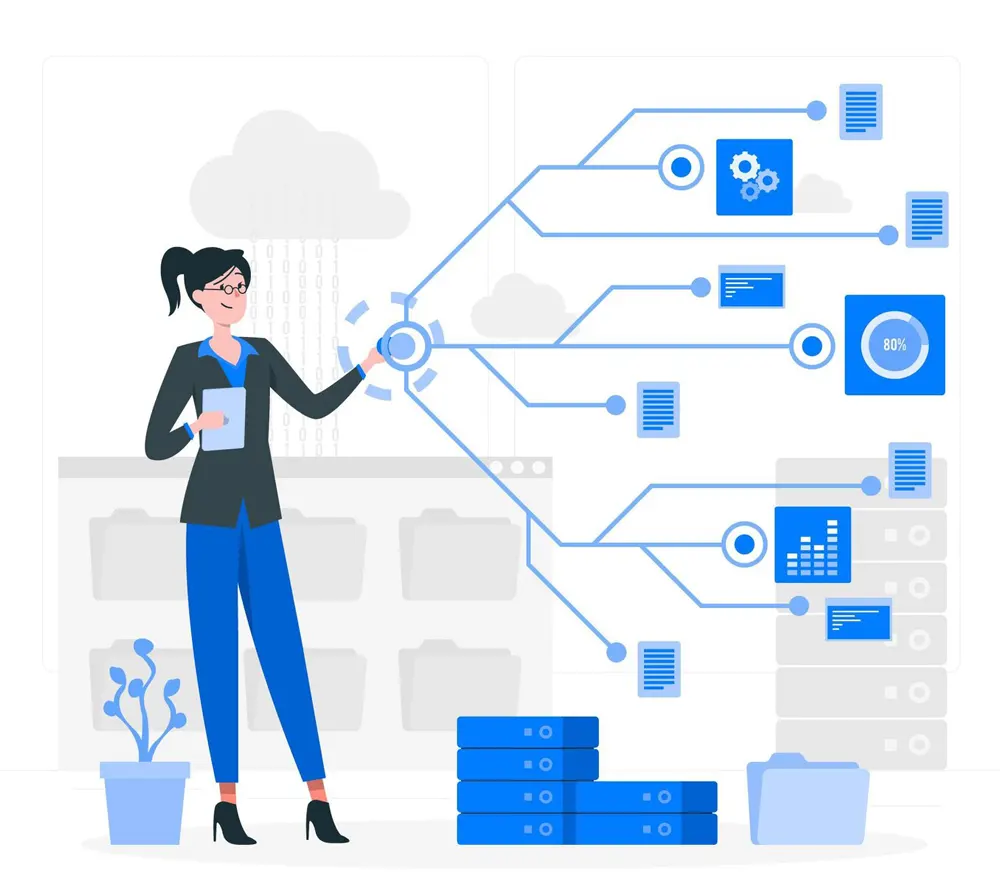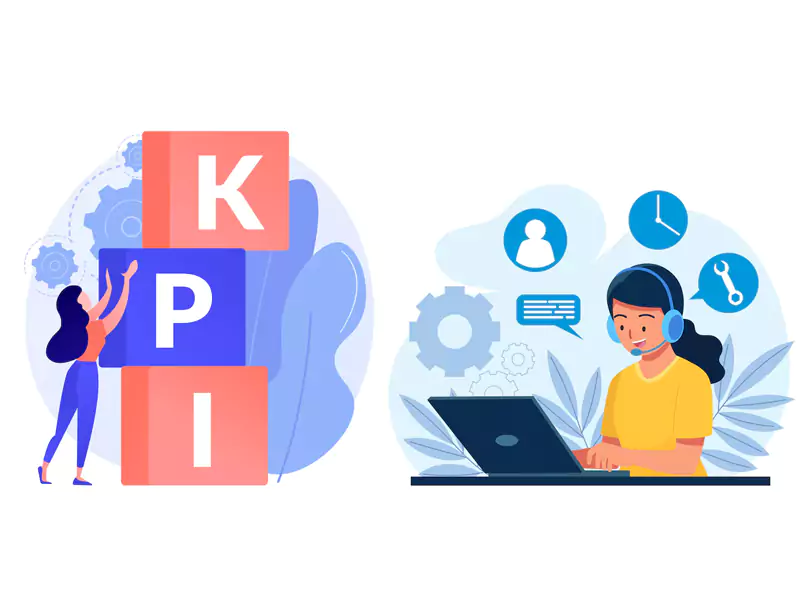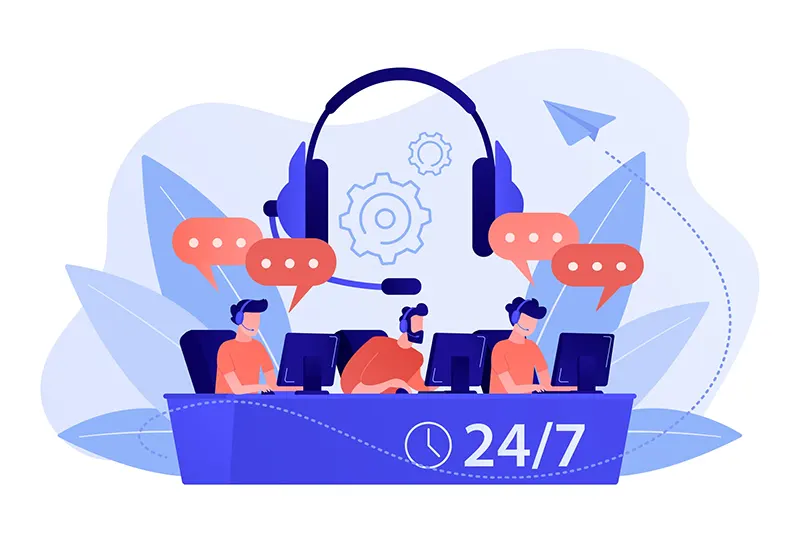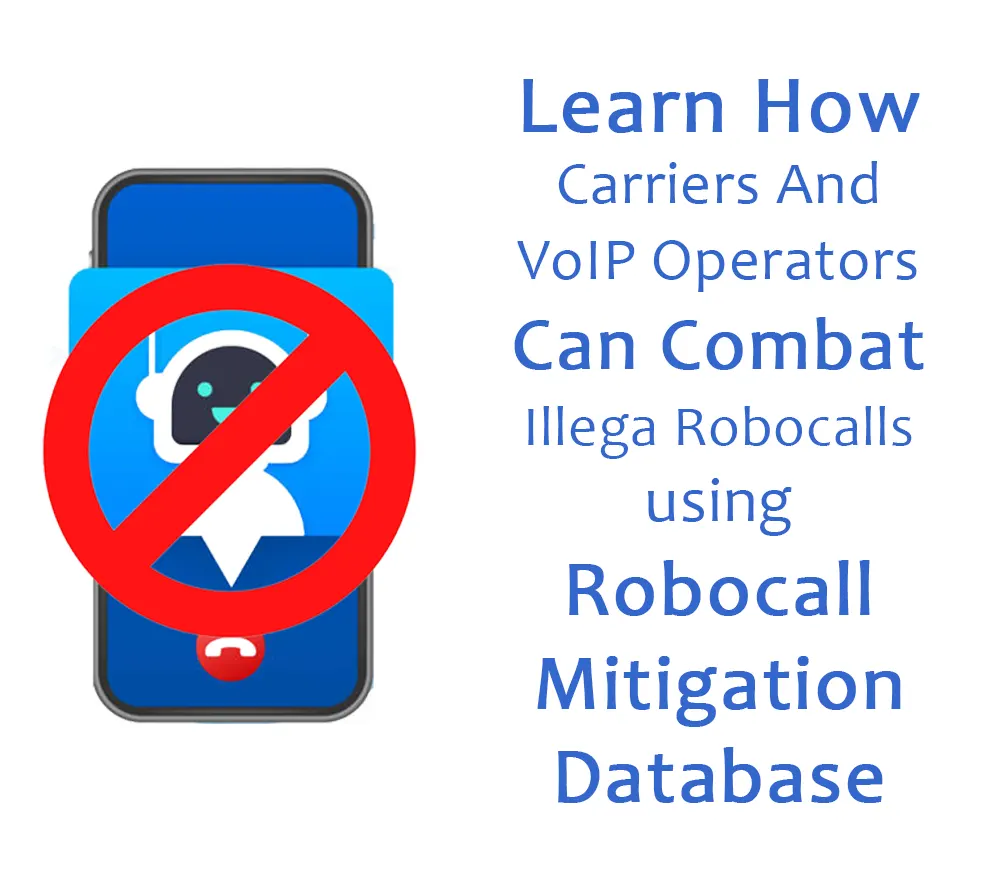AI Guardrails - Types and the Legal Risks They Mitigate
AI is no longer just a tool—it’s a decision-maker, a content creator, even a negotiator. But with great power comes great… liability.
As artificial intelligence rapidly weaves itself into the fabric of business, law, and daily life, it’s also opening doors to legal and ethical landmines.
Biased algorithms, hallucinated facts, and opaque decisions aren't just technical glitches—they're lawsuits waiting to happen.
Enter AI guardrails—the frameworks designed to keep intelligent systems smart, safe, and on the right side of the law. In this blog, we’ll break down five critical types of guardrails—ethical, technical, regulatory, transparency & accountability, and human oversight & intervention—and explore how each one mitigates specific legal risks.
Strap in. The future of AI isn’t just about capability—it’s about control.
What Are AI Guardrails?
Imagine them as the safety nets for artificial intelligence. They are the boundaries that prevent it from veering off course. So essentially, they're a set of rules, policies, and technical implementations.
AI Guardrails are designed to ensure AI systems behave ethically, responsibly, and within predefined limits. Their purpose? To prevent unintended consequences, biases, or harmful outputs.
Think of it like this: a powerful engine needs a steering wheel and brakes. AI, with its vast capabilities, needs guardrails to control its trajectory. These guardrails can range from simple input validation to complex algorithms that monitor and adjust AI behavior.
Now, where do AI governance frameworks come into play? They're the blueprints, the overarching structures that establish these guardrails.
These frameworks provide a comprehensive set of guidelines, standards, and best practices for developing, deploying, and managing AI systems. They address crucial aspects like data privacy, algorithmic fairness, transparency, and accountability.
Essentially, governance frameworks are the architects, and guardrails are the construction crew, building a safe and reliable AI environment.
Without a robust governance framework, the guardrails might be haphazardly placed, leading to potential risks. Thus, they work in tandem, ensuring AI's power is harnessed responsibly.
Types of AI Guardrails and Their Legal Implications
AI's power demands careful control. Guardrails, both technical and legal, shape its behavior. Let's explore the diverse types of these safeguards and their critical legal implications.
1. Ethical Guardrails (Preventing Bias & Discrimination Lawsuits)
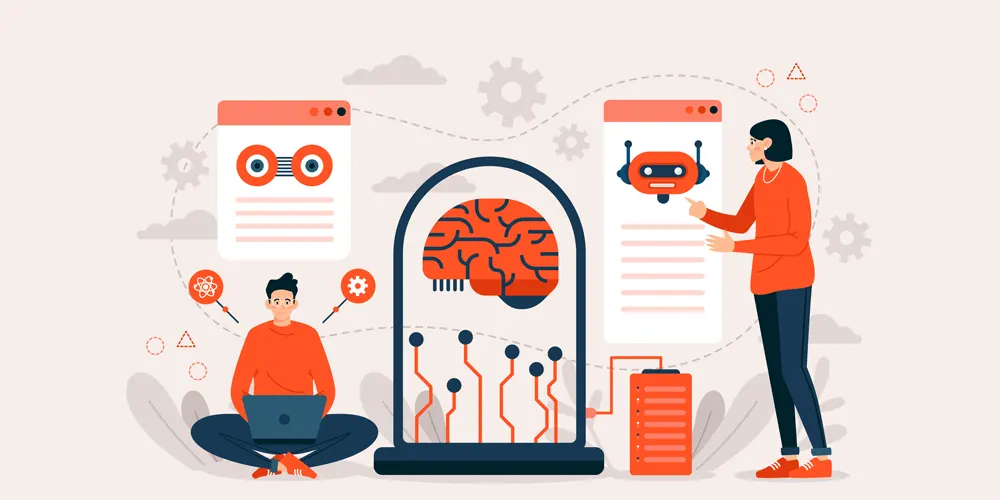
Ethical guardrails are frameworks designed to ensure fairness, accountability, and transparency in decision-making processes.
These guardrails help organizations prevent bias and discrimination. They ensure that systems do not impose a disadvantage on individuals based on race, gender, age, or other protected characteristics.
Ethical guardrails involve measures such as diverse and representative training data, bias detection tools, and human oversight to ensure equitable outcomes.
Necessity of Ethical Guardrails
Bias in AI systems or decision-making processes can lead to significant reputational and legal consequences. Without ethical safeguards, organizations risk implementing unfair hiring practices, biased financial decisions, or discriminatory law enforcement applications.
Ethical guardrails help organizations proactively address bias, ensuring compliance with anti-discrimination laws and fostering trust among consumers and regulatory bodies.
They are particularly critical in industries such as finance, healthcare, and employment, where biased outcomes can significantly impact individuals' lives.
Legal Risks Mitigated by Ethical Guardrails
- Discrimination lawsuits arising from biased hiring, lending, or law enforcement decisions.
- Regulatory fines and penalties for non-compliance with anti-discrimination laws.
- Reputational damage due to public backlash over biased AI or policies.
Relevant Laws and Regulations
- Equal Credit Opportunity Act (ECOA, U.S.) – Prohibits discrimination in lending decisions.
- Title VII of the Civil Rights Act (U.S.) – Prevents workplace discrimination.
- General Data Protection Regulation (GDPR, EU) – Ensures fairness in automated decision-making.
- EU AI Act – Requires AI transparency and bias mitigation.
Example of Regulatory Action
In 2018, it was revealed that Amazon had developed an AI-powered hiring tool that showed bias against women. The system, trained on historical hiring data, unintentionally favored male candidates.
It was observed to be penalizing resumes that contained terms associated with women, such as "women's chess club" or attendance at women's colleges.
Although Amazon shut down the system before regulatory action was taken, the case highlighted the risks of biased AI decision-making. In the US, the average settlement for employment discrimination cases can range from $40,000 to over $100,000.
2. Technical Guardrails (Minimizing Security & Data Breach Liabilities)
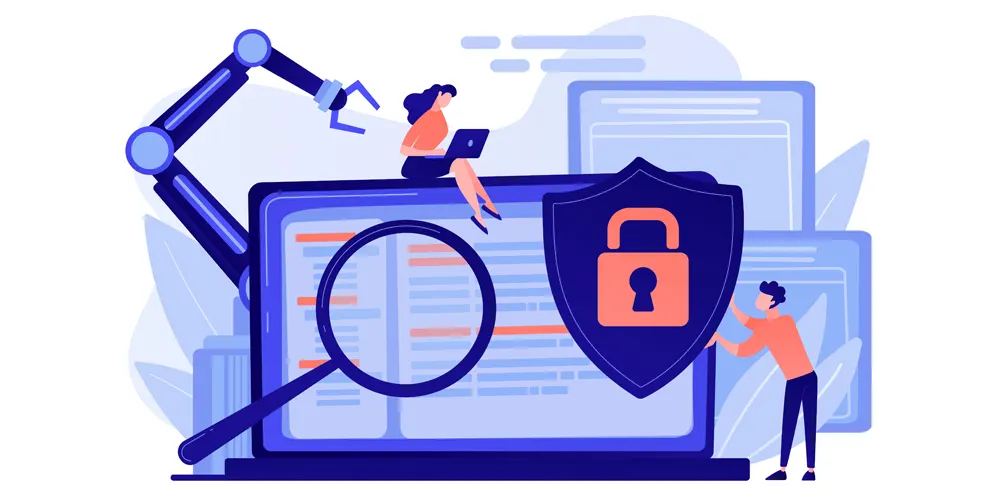
Technical guardrails are the digital fortifications designed to protect AI systems and the sensitive data they handle. They are the practical, implementable measures that ensure security, data integrity, and system resilience.
These guardrails encompass secure coding practices, robust authentication protocols, data encryption, and continuous monitoring.
They are necessary because AI systems, especially those processing personal or confidential information, are prime targets for cyberattacks and data breaches.
Without these guardrails, vulnerabilities can be exploited, leading to unauthorized access, data leaks, and system disruptions, causing financial and reputational damage.
Considering that it takes on an average 194 days to discover a breach, proper technical guardrails can prevent a lot of damage.
Legal Risks Mitigated by Technical Guardrails
Technical guardrails mitigate the risks of data breach liabilities and security-related lawsuits. They help prevent violations of data protection laws and cybersecurity regulations, reducing exposure to substantial fines and damages. They reduce the likelihood of sensitive data falling into the wrong hands.
Laws and Regulations for Compliance
These guardrails aid compliance with various laws, including:
- GDPR (General Data Protection Regulation): Imposes strict obligations on organizations handling personal data within the EU, mandating data protection by design and default.
- CCPA (California Consumer Privacy Act): Grants California residents specific rights regarding their personal data, including the right to know, delete, and opt-out of data collection.
- Cybersecurity Laws: Vary by jurisdiction but generally require organizations to implement reasonable security measures to protect against cyber threats.
- NIST Cybersecurity Framework: A voluntary framework in the U.S. that provides guidance on managing cybersecurity risks.
- PCI DSS (Payment Card Industry Data Security Standard): Requirements for organizations that handle credit and debit card information.
Example of Regulatory Action
OpenAI’s ChatGPT Data Breach – Investigation by Italian Data Protection Authority (Garante)
In March 2023, OpenAI temporarily took ChatGPT offline after a bug in an open-source library allowed some users to see others’ chat history titles and payment-related information.
Italy’s Garante (the national data protection authority) launched an investigation, citing violations of the GDPR—particularly concerning lawful data processing, user consent, and protection of minors.
The outcome? Italy temporarily banned ChatGPT, demanding that OpenAI:
- Improve transparency in data usage.
- Enable users to correct/delete personal data.
- Implement age-gating features.
- Offer clearer opt-out mechanisms.
3. Regulatory Compliance Guardrails (Avoiding Fines & Sanctions)

Regulatory compliance guardrails are frameworks designed to ensure that businesses adhere to industry regulations, legal requirements, and ethical standards.
These guardrails help organizations avoid financial penalties, reputational damage, and operational restrictions by establishing clear policies and procedures.
They involve continuous monitoring, risk assessments, and documentation to demonstrate compliance with laws governing data privacy, financial reporting, consumer protection, and more.
Necessity of Compliance Guardrails
Compliance guardrails are necessary because regulatory landscapes are constantly evolving. Failing to comply can lead to severe consequences, including fines, sanctions, or loss of operating licenses.
These guardrails provide a structured approach to mitigating risks by enforcing internal policies, training employees, and ensuring business practices align with legal standards.
They also foster trust among customers, partners, and regulators by demonstrating a commitment to lawful and ethical operations.
Legal Risks Mitigated
- Regulatory compliance guardrails help mitigate:
- Fines and penalties for non-compliance with financial, data protection, and consumer rights laws.
- Legal action and lawsuits due to violations of privacy, anti-corruption, or labor laws.
- Reputational damage from publicized regulatory breaches and enforcement actions.
Relevant Laws and Regulations
- General Data Protection Regulation (GDPR) – Ensures data privacy and security.
- Sarbanes-Oxley Act (SOX) – Regulates corporate financial reporting and fraud prevention.
- Foreign Corrupt Practices Act (FCPA) – Prohibits bribery and corruption in international business.
- Health Insurance Portability and Accountability Act (HIPAA) – Protects healthcare data privacy.
Example of Regulatory Action
In 2023, Amazon was fined €746 million by the EU for breaching GDPR regulations regarding improper handling of customer data. This case highlights the importance of robust compliance guardrails in preventing costly regulatory violations and maintaining consumer trust.
4. Transparency & Accountability Guardrails (Reducing Liability in AI-Generated Content)
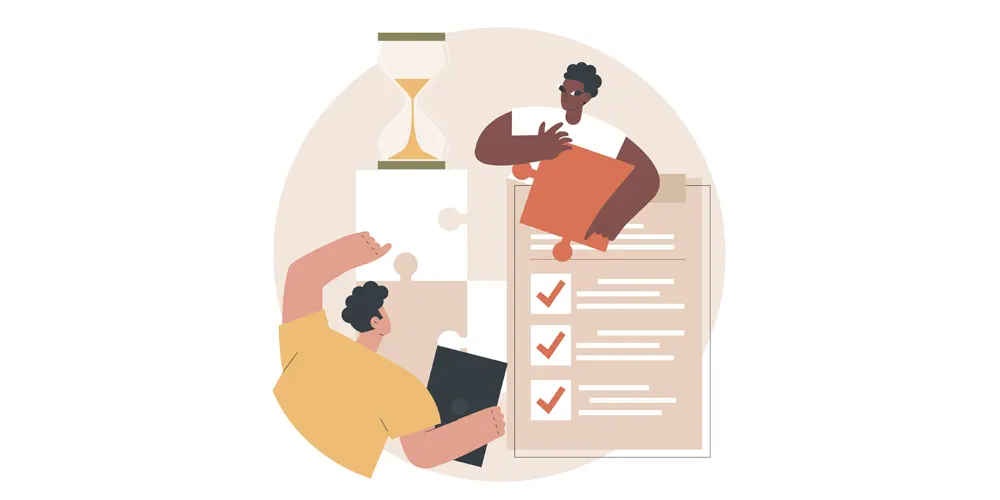
As AI-generated content becomes more prevalent, transparency and accountability guardrails are essential to mitigate legal and ethical risks.
These guardrails ensure that AI-generated outputs are clearly identified, fact-checked, and aligned with ethical standards. Ethical guardrails in AI content creation involve principles such as fairness, accuracy, and responsible data usage.
They prevent misinformation, biased content, and unauthorized data exploitation, safeguarding both consumers and organizations.
Necessity of Transparency & Accountability Guardrails
Transparency and accountability guardrails are essential in AI systems to mitigate legal and ethical risks. As AI-generated content becomes more influential, ensuring clarity around data sources, decision logic, and authorship helps prevent misinformation and misuse.
These safeguards establish trust, define responsibility, and reduce liability when content causes harm or bias. Without them, organizations risk reputational damage, legal action, and regulatory penalties.
Guardrails transform AI from a black box into a governed tool—accountable, auditable, and aligned with societal and legal expectations.
Legal Risks Mitigated
- Transparency and accountability guardrails help mitigate risks such as:\
- Defamation and misinformation liability (false AI-generated content causing harm).
- Copyright infringement (unauthorized use of copyrighted materials in AI training).
- Data privacy violations (AI-generated content revealing personal or sensitive data).
Relevant Laws and Regulations
- EU AI Act: Mandates transparency in AI-generated content and risk assessments.
- Digital Services Act (DSA): Requires platforms to prevent misinformation.
- Copyright Directive (EU): Protects copyrighted material from AI misuse.
Example of Regulatory Action
In 2023, OpenAI faced scrutiny from European regulators over potential GDPR violations related to AI-generated responses that contained personal data.
The case underscored the necessity of guardrails ensuring AI transparency and responsible content generation.
5. Human Oversight & Intervention Guardrails (Reducing Litigation from Harmful AI Decisions)
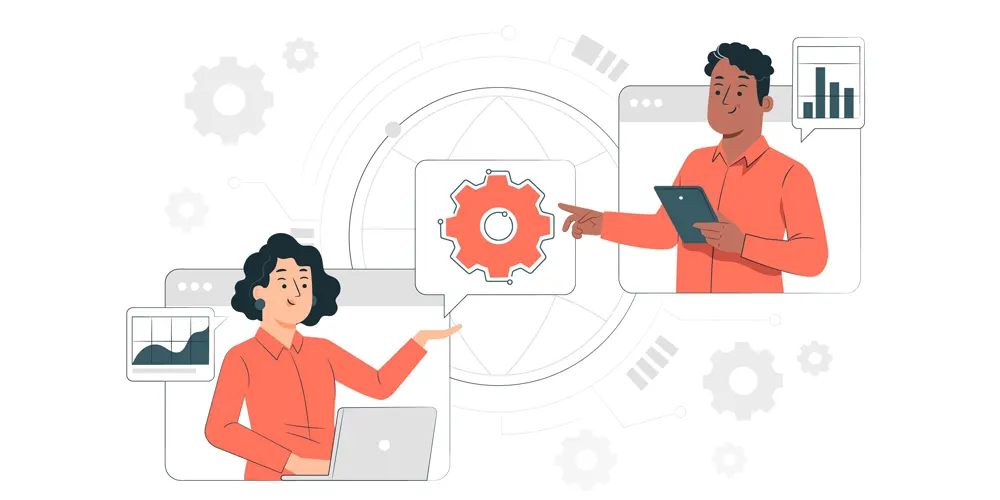
Human oversight and intervention guardrails ensure that AI-driven decisions are monitored, reviewed, and corrected when necessary.
These guardrails establish a framework where AI systems operate under human supervision. Thus, allowing for intervention in cases where automated decisions could lead to harm.
They are particularly crucial in high-stakes industries such as healthcare, finance, and law enforcement. Here, unchecked AI outputs could result in legal violations, discrimination, or even physical harm.
Necessity of Human Oversight
AI models are powerful but not infallible. They can produce biased, unfair, or harmful decisions due to flawed training data or algorithmic errors.
Without human oversight, AI systems could deny loans unfairly, misdiagnose patients, or enforce discriminatory policies.
Ensuring human intervention helps prevent errors, maintain ethical standards, and improve AI decision-making accuracy.
Furthermore, accountability remains a key factor—organizations deploying AI must be able to justify and rectify its decisions when needed.
Legal Risks Mitigated
- Human oversight guardrails help mitigate:
- Bias and discrimination lawsuits (e.g., AI-driven hiring systems that discriminate based on gender or race).
- Consumer harm and liability (e.g., AI-generated medical misdiagnosis leading to health risks).
- Regulatory non-compliance penalties (e.g., failure to provide explainability for automated decisions).
Relevant Laws and Regulations
- EU AI Act: Requires human oversight for high-risk AI applications.
- General Data Protection Regulation (GDPR): Grants individuals the right to challenge automated decisions.
- Equal Credit Opportunity Act (ECOA, U.S.): Prevents AI-driven bias in loan approvals.
Example of Regulatory Action
In 2022, the U.S. Consumer Financial Protection Bureau (CFPB) fined a major bank for using an AI-driven lending model that disproportionately denied loans to minority applicants. The lack of human oversight led to biased outcomes, reinforcing the necessity of intervention guardrails.
The Future of AI Guardrails & Evolving Legal Landscapes

The future of AI guardrails is inextricably linked to the rapid evolution of legal landscapes. As AI technologies advance, regulations are scrambling to keep pace.
Carefully aiming to strike a delicate balance between fostering innovation and mitigating potential harms.
Here's a breakdown of key trends:
Adaptive Regulations
Governments worldwide are moving towards more flexible and adaptable regulatory frameworks. The EU's AI Act, with its risk-based approach, is a prime example, setting a potential global standard.
We're seeing a shift towards regulations that can evolve alongside AI, rather than becoming quickly obsolete.
Global Compliance Challenges
Navigating the patchwork of international AI laws presents a significant challenge. Diverging regulations across jurisdictions create compliance complexities for multinational organizations.
Predicting the precise trajectory of global AI laws is difficult, but a trend towards greater standardization and international cooperation is likely.
Emphasis on Transparency and Accountability
Future regulations will likely place a heavy emphasis on transparency and accountability. They may require organizations to demonstrate how their AI systems work and who is responsible for their outputs.
Expect increased scrutiny of algorithmic decision-making, with laws mandating explainability and auditability.
Increased focus on AI safety standards
There is an increase in global cooperation to set safety standards. Recent AI summits, and voluntary safety standard releases, show that there is a global push to make sure AI is developed safely.
In essence, the future of AI guardrails will be shaped by a continuous dialogue between technology, law, and ethics, with the goal of ensuring that AI serves humanity responsibly.
Key Takeaways
In sum, AI guardrails—ethical, technical, regulatory, transparency-focused, and human-centric—are indispensable for navigating the complex legal terrain of artificial intelligence.
They mitigate risks ranging from discrimination lawsuits and data breaches to hefty fines and reputational damage stemming from misinformation and harmful AI decisions. As AI's influence expands, these guardrails become the bedrock of responsible innovation.
For organizations, proactive implementation is key. Begin by establishing a robust AI governance framework, embedding ethical principles into AI design. Prioritize data privacy and security, adhering to regulations like GDPR and CCPA.
Embrace explainable AI (XAI) to ensure transparency and auditability. Integrate human-in-the-loop models for critical decisions, maintaining human oversight. Stay informed about evolving AI laws, and foster a culture of accountability.
By taking these actionable steps, organizations can harness AI's power while minimizing legal liabilities and building public trust.



